Population and Social Characteristics
These Are the Countries Once Part of the Roman Empire
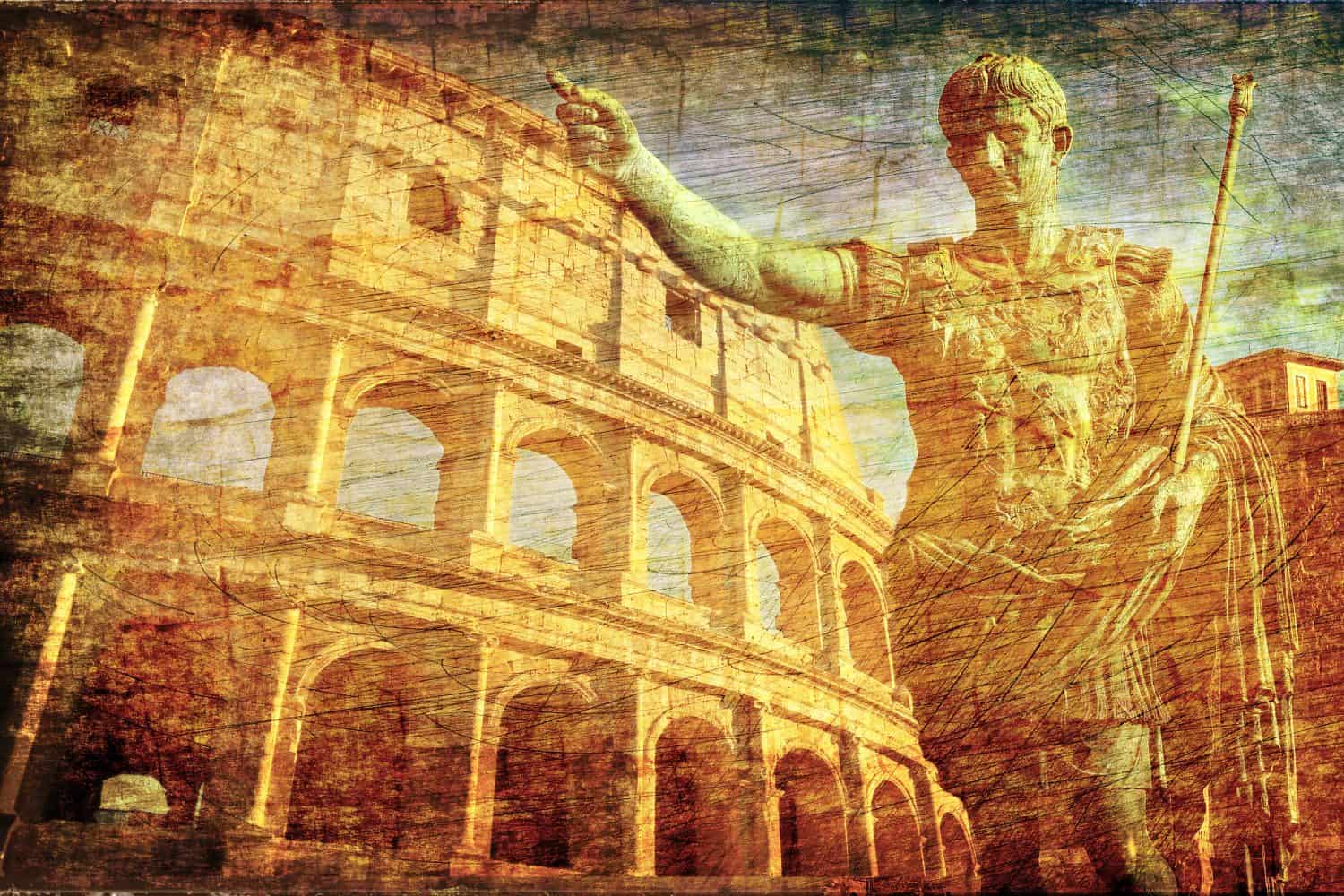
Published:

A humorous TikTok trend last year revealed that average American guys think about the Roman Empire anywhere from once a month to several times a day. If you’re a guy, what will surprise you about that is that women don’t think about it that often!
At its height, the Roman Empire ruled all the countries around the Mediterranean Sea and most of Western Europe for hundreds of years. It had a profound cultural impact on the development of the region in architecture, engineering, military strategy, governance, language, and virtually every other aspect of social life. And through those countries, Roman influence has extended to the entire world. Many of these are places you might choose to vacation, riding on Roman-built roads and touring buildings that have stood for over 2,000 years. We have a complete list of the modern countries that were once all or in part included in the Roman Empire. Each of the photos is of a Roman archaeological site in that country.
24/7 Wall St. Insights
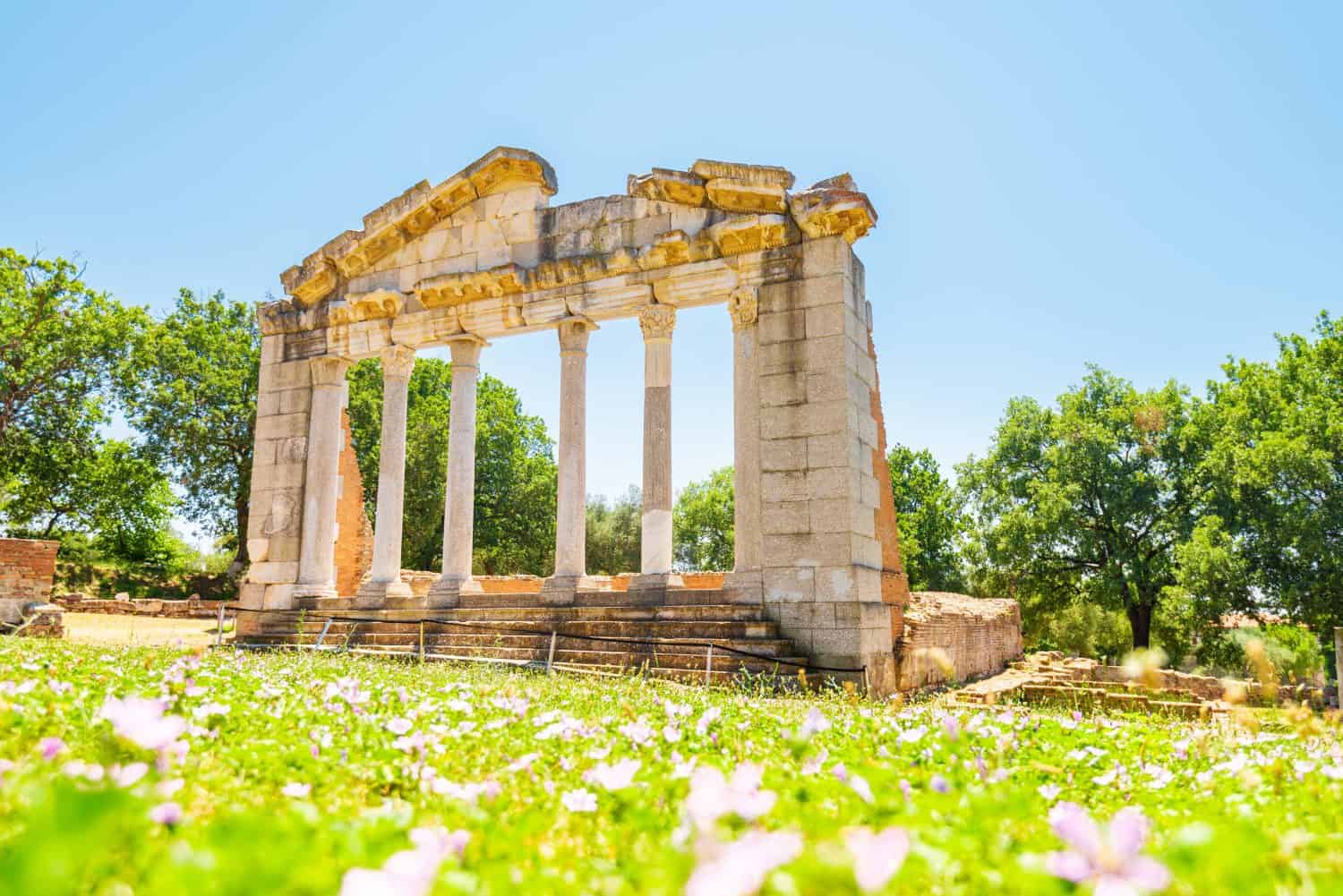
Located across the Adriatic Sea from Italy, Albania still has Roman ruins, such as the amphitheater in Durrës, for example.
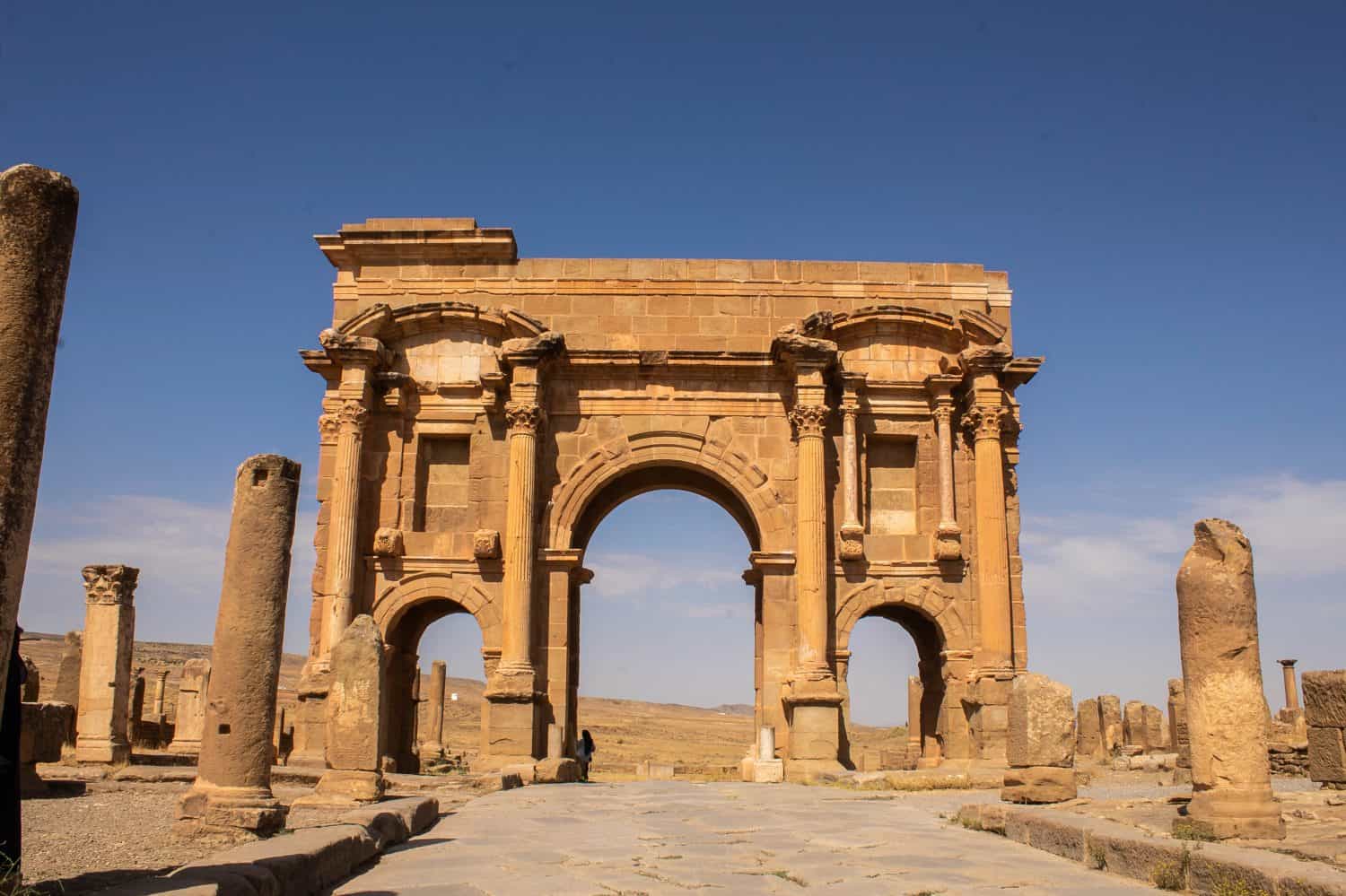
In Algeria, there are numerous Roman archaeological sites across the northern part of the country in places like Timgad.

Wedged between Spain and France, the tiny country of Andorra was absorbed into the Roman empire along with its neighbors.
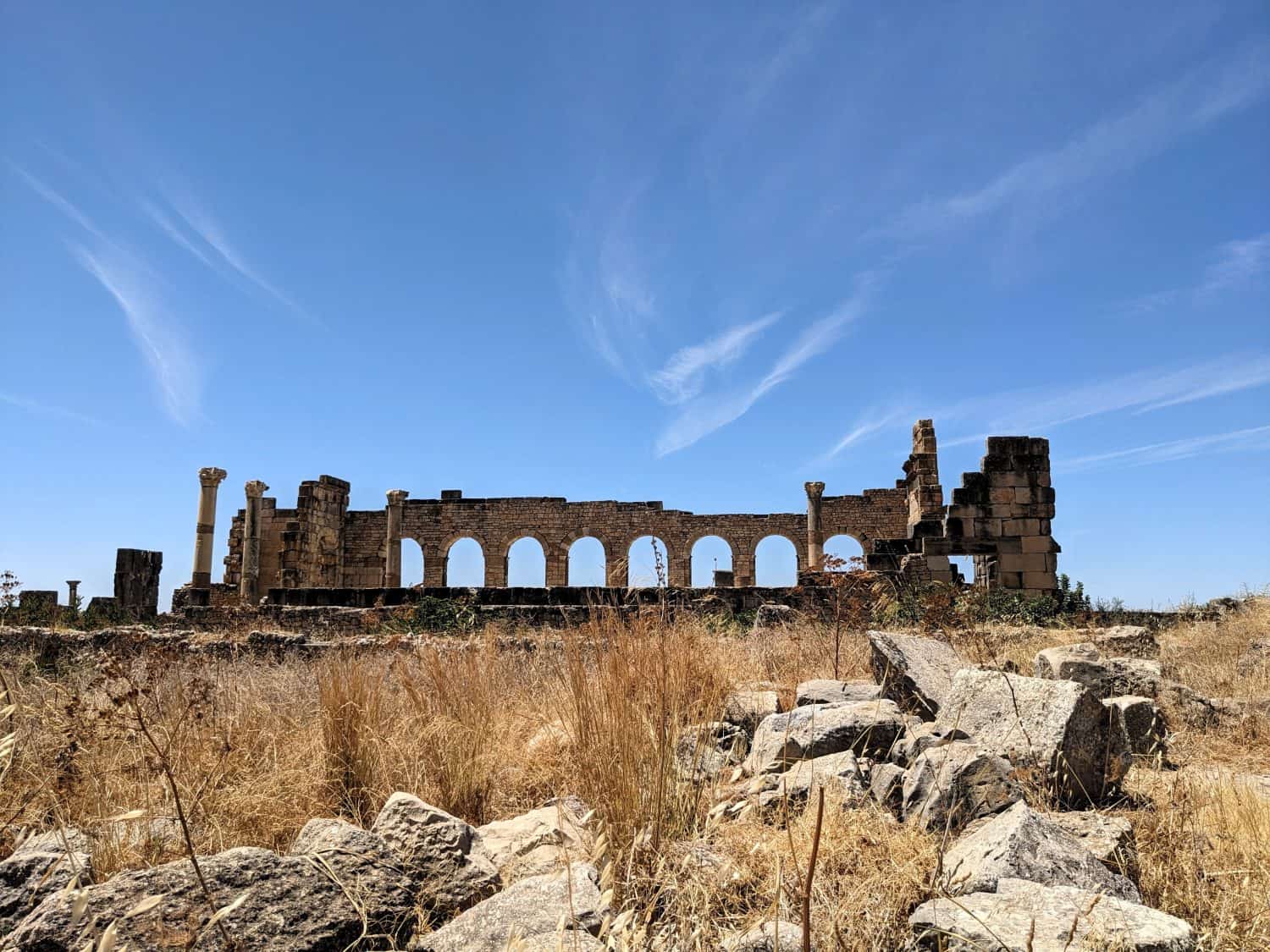
Armenia was the first country to adopt Christianity as its official religion, doing so before the empire as a whole did.

Azerbaijan was in the distant eastern border region of the empire and did not stay consistently under Roman control.
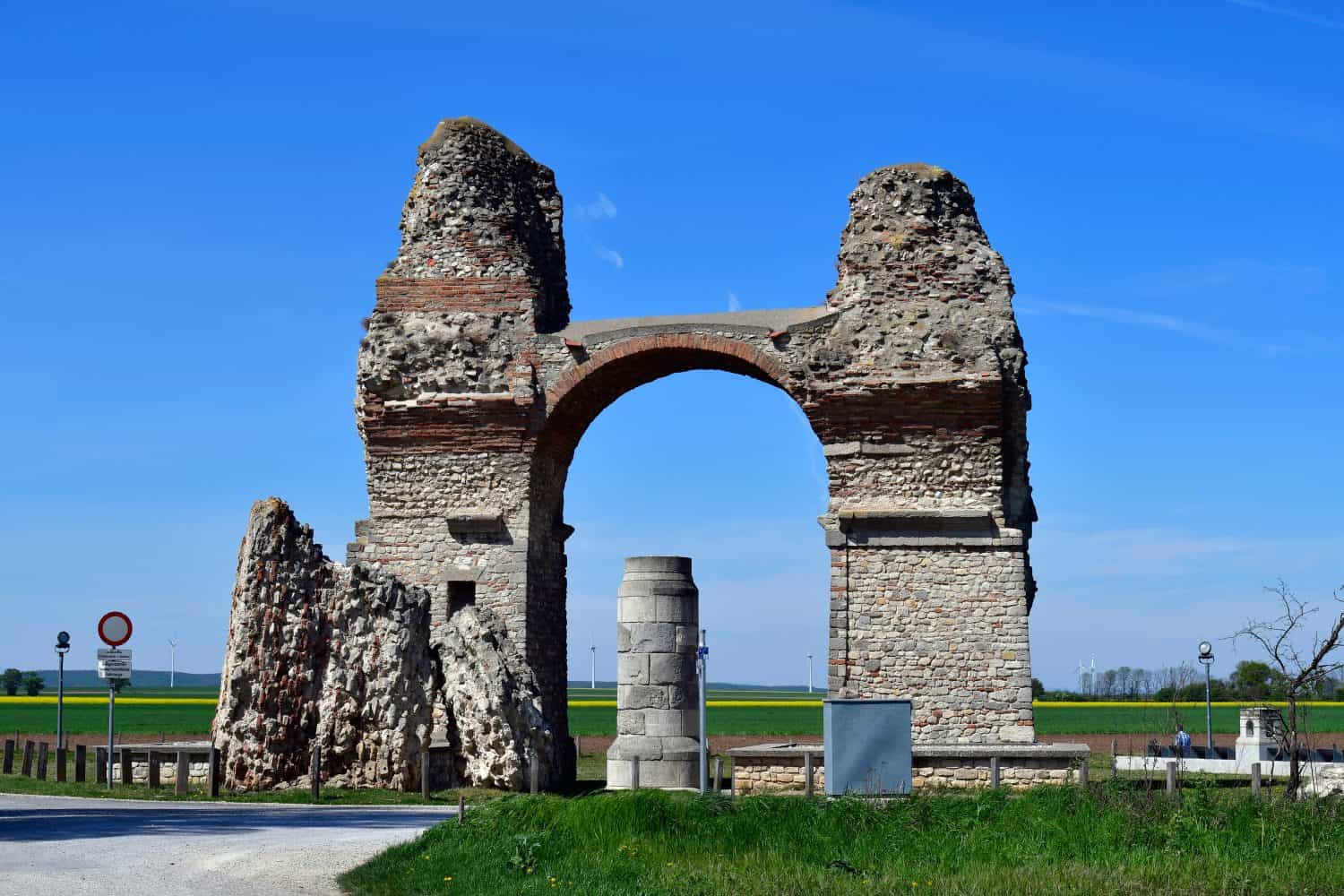
The Romans built a city named Carnuntum on the Danube River in Austria that was a major military outpost on a crucial frontier of the Empire.
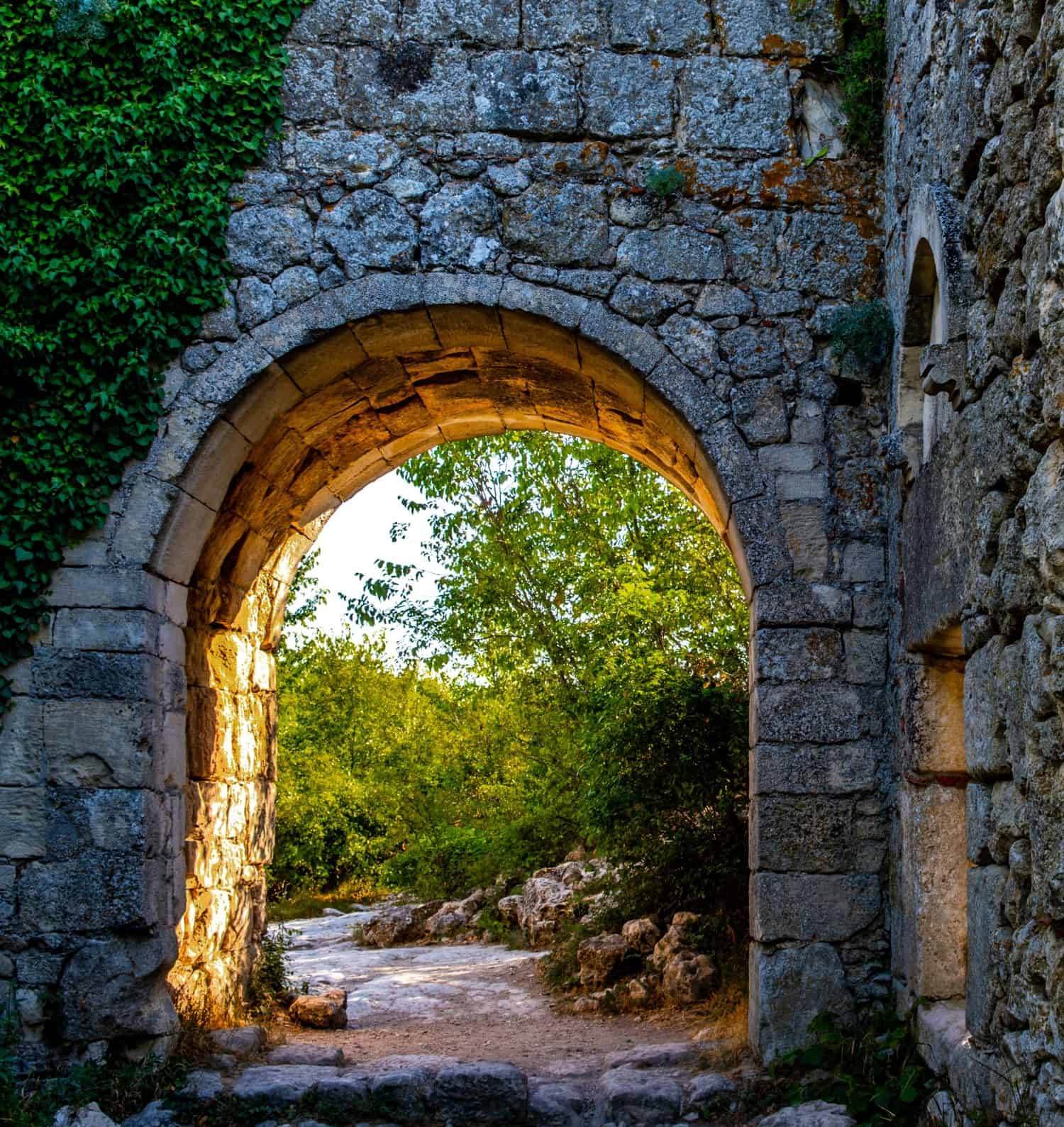
Tongeren was a major Roman settlement in Belgium, which was part of the province of Belgica.
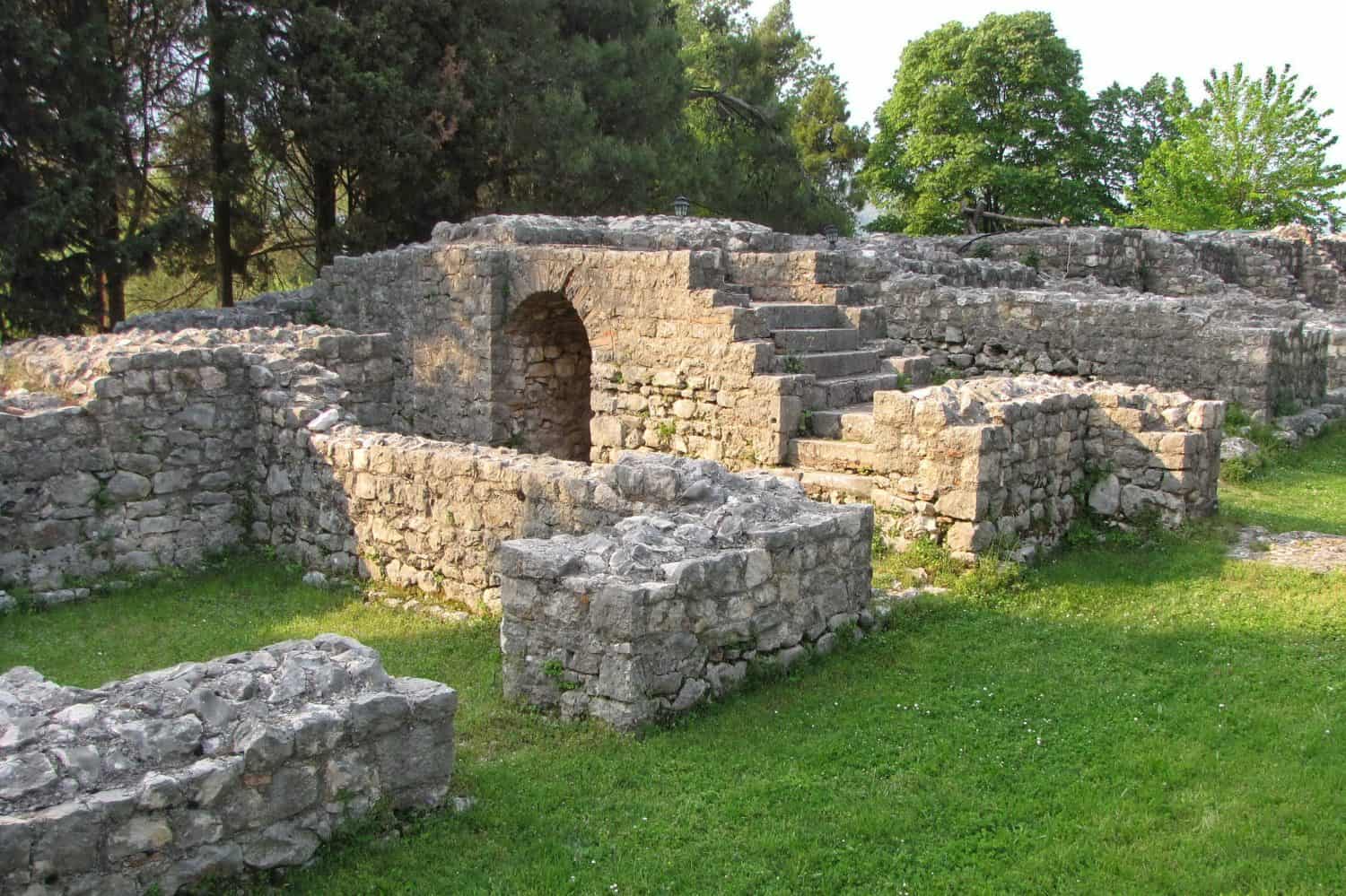
Bosnia and Herzegovina marked a boundary area between the Eastern and Western halves of the Roman empire late in its development. Bosnia was caught in the middle and has been a battleground ever since.

The Roman province of Britannia included only England and Wales but they were not able to subdue Scotland. The emperor Hadrian built a wall across the island at the border for defensive purposes. Bath, England is the site of well-preserved Roman baths that attract many tourists.
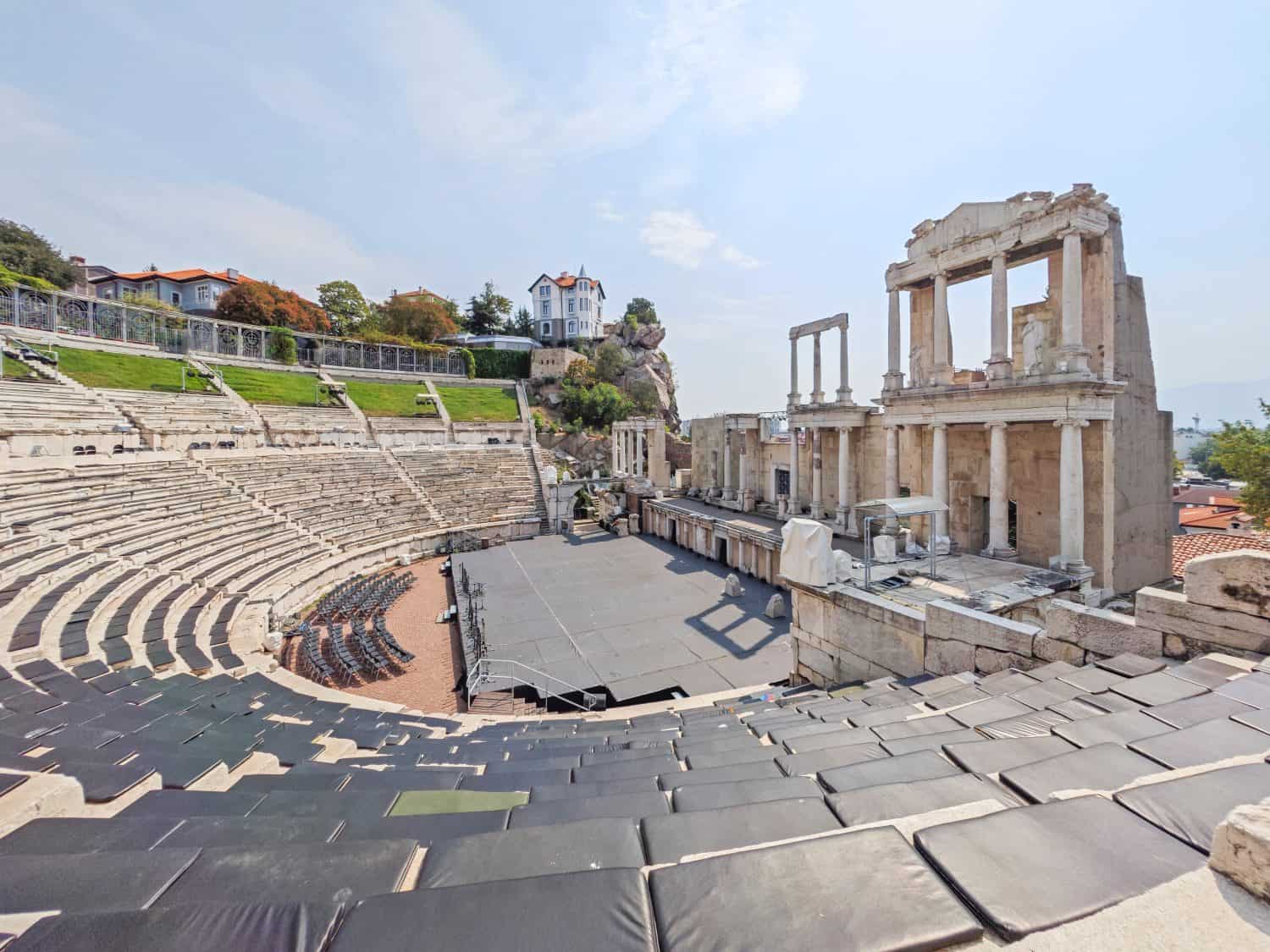
The Bulgars were a people group of Turkish background that crossed the Danube and settled in what is today Bulgaria, creating a culture that merged Roman and Turkic elements.

Croatia was a part of the province of Dalmatia. Although Croatia and Serbia speak the same language, it is spelled with the Latin alphabet in Croatia because this region remained under the administration of Rome when the empire was divided.

Cyprus, just south of Turkey, was an important way station for ships in Roman times. The book of Acts in the Bible describes missionary journeys that the Apostle Paul took there, making this a site of interest to Christians.
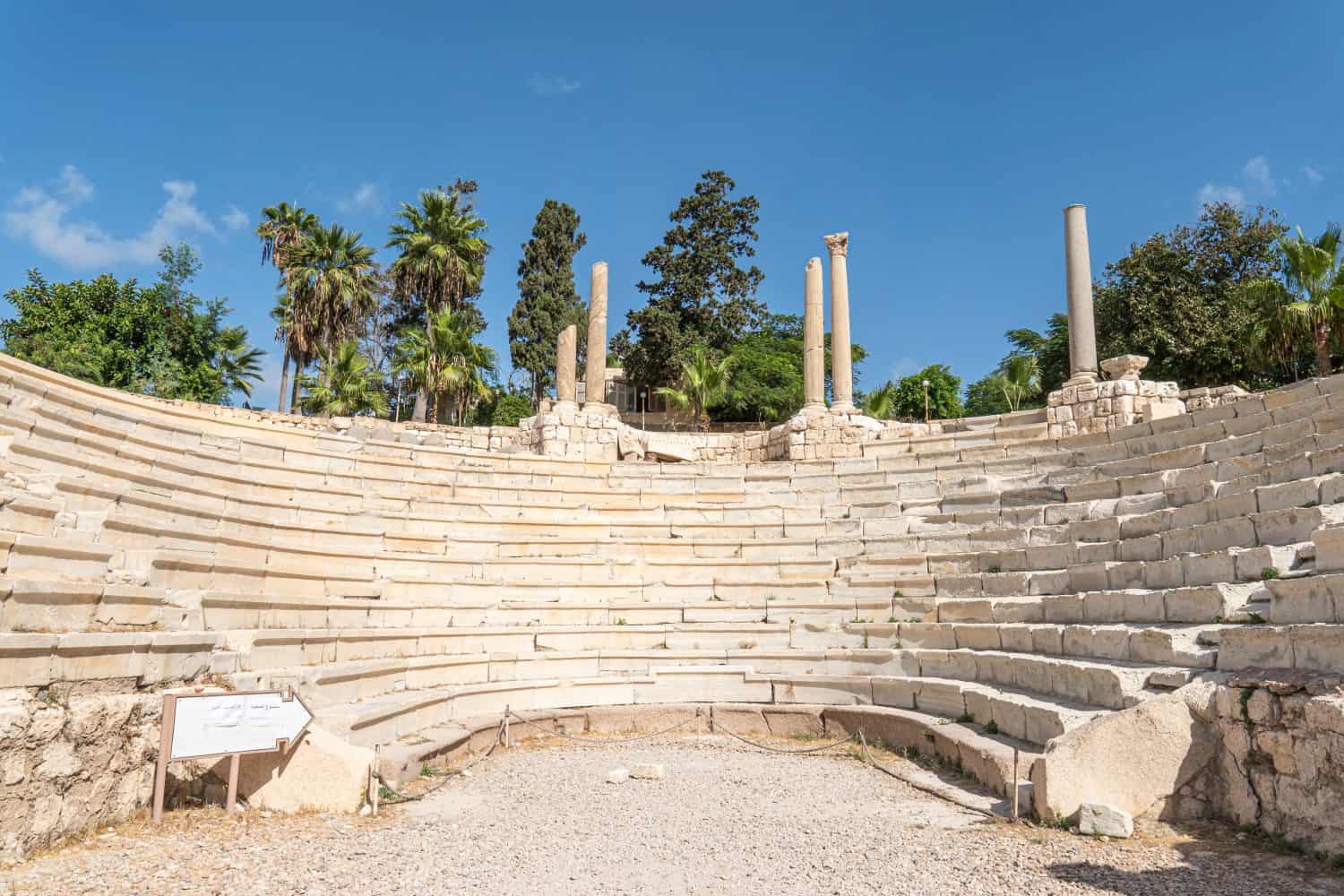
The famous Queen Cleopatra of Egypt had relationships with Julius Caesar and Marc Antony in an effort to mother an heir who would be next in line to rule the entire Roman Empire. This ended disastrously for her, but Rome continued to rule Egypt, influencing its culture for hundreds of years.
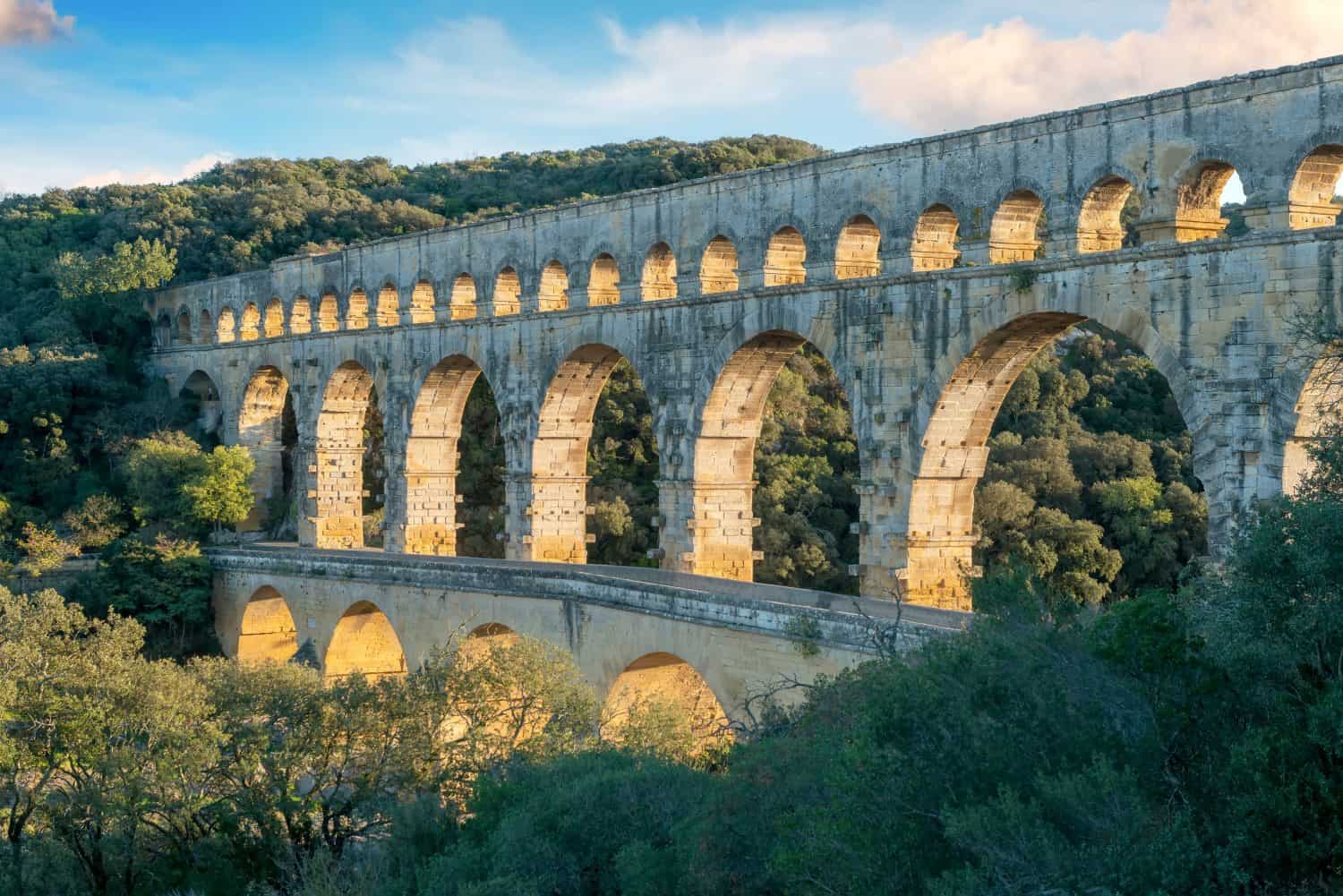
In Roman times, France was known as Gaul. Julius Caesar left behind a memoir of the campaign he led to bring it under Roman control. Romans thoroughly settled the area and had a deep influence on the culture. The French language is based on Latin.
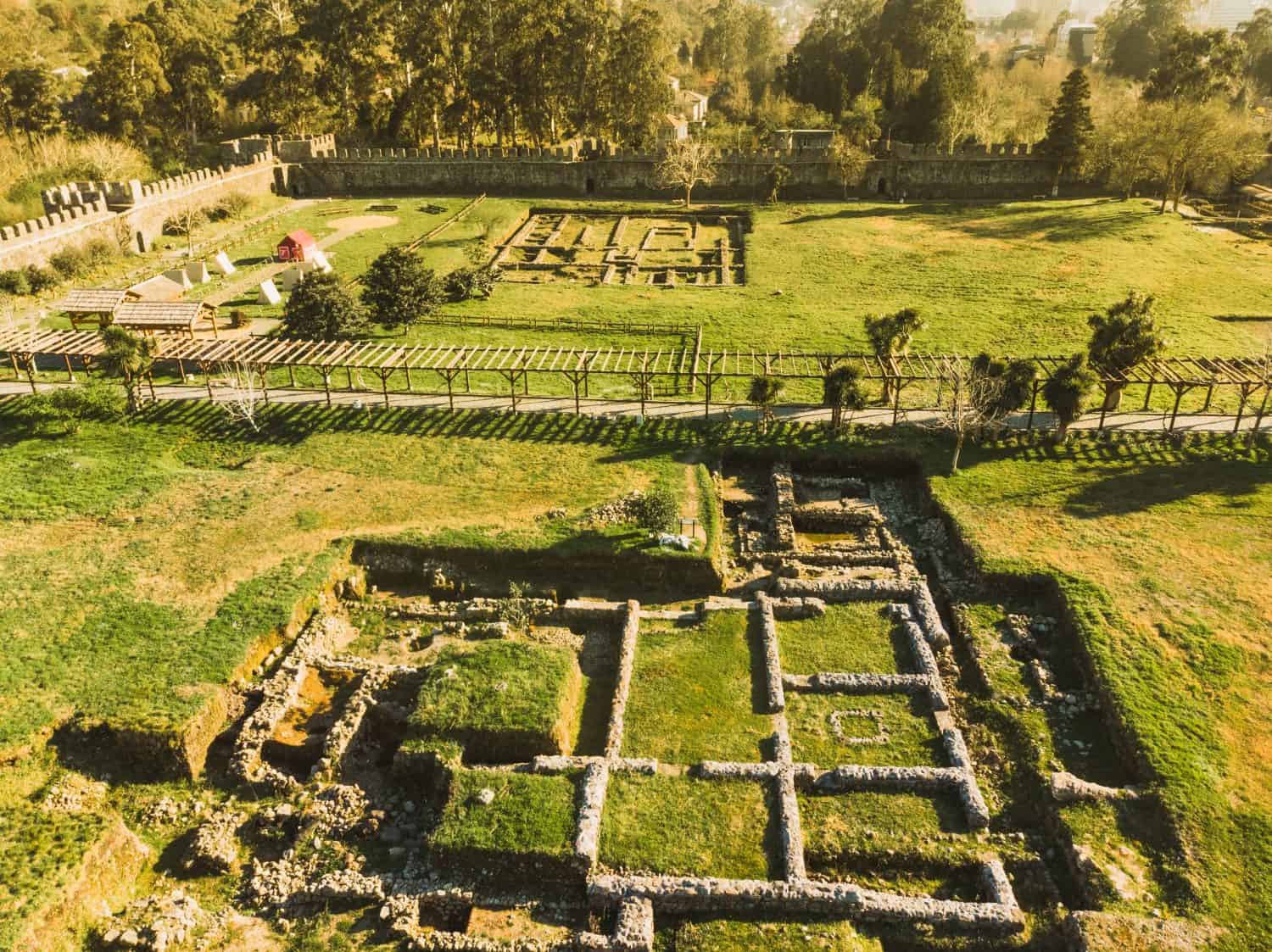
In the eastern part of the Empire the borders were sometimes ill-defined and fluctuating. Rome controlled some parts of southern Georgia but not the whole country. It was part of the Roman province of Armenia.
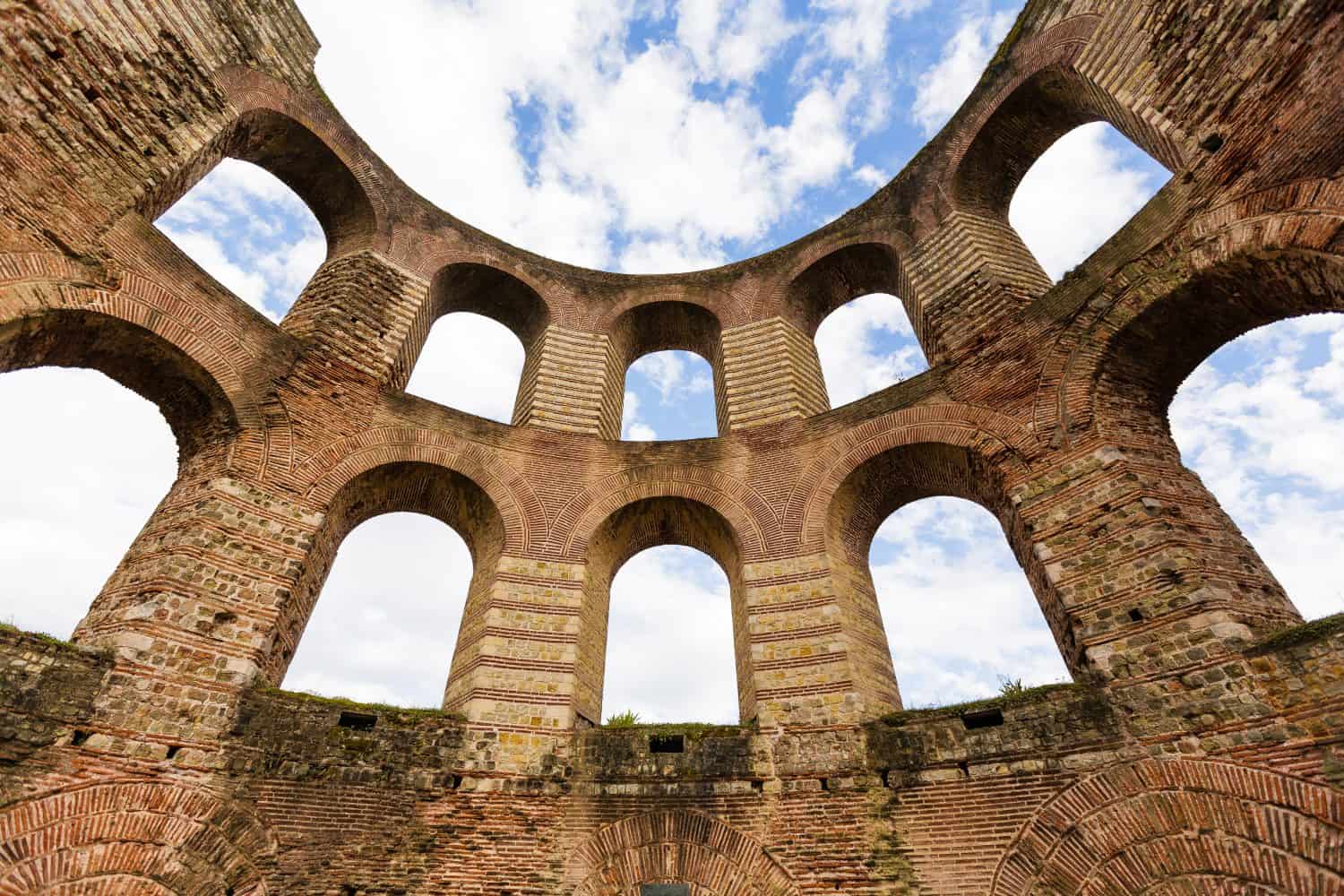
One of the biggest defeats for Rome was their campaign to capture Germania. They incurred such heavy losses, it stopped their further expansion into northern Europe for good. They did control some parts of southern and southwestern Germany, however.
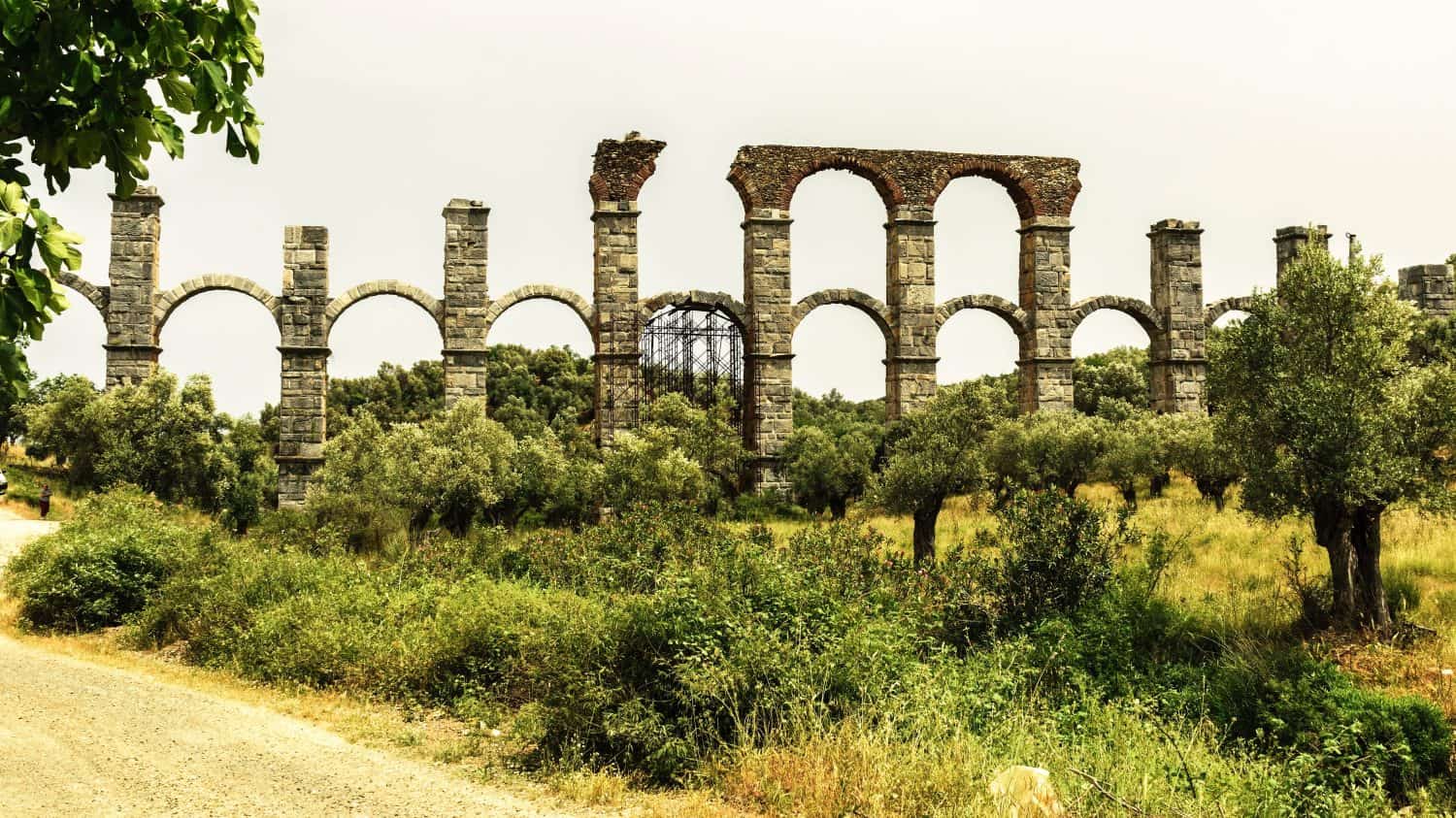
The Greeks built an empire before the Romans that included colonies in Sicily and southern Italy. Their culture was more advanced in many areas than that of Rome, so the Romans adopted many aspects of it, such as architectural styles, theater, mythology, and philosophy. The two cultures fused to such an extent that historians group them together as Greco-Roman culture.
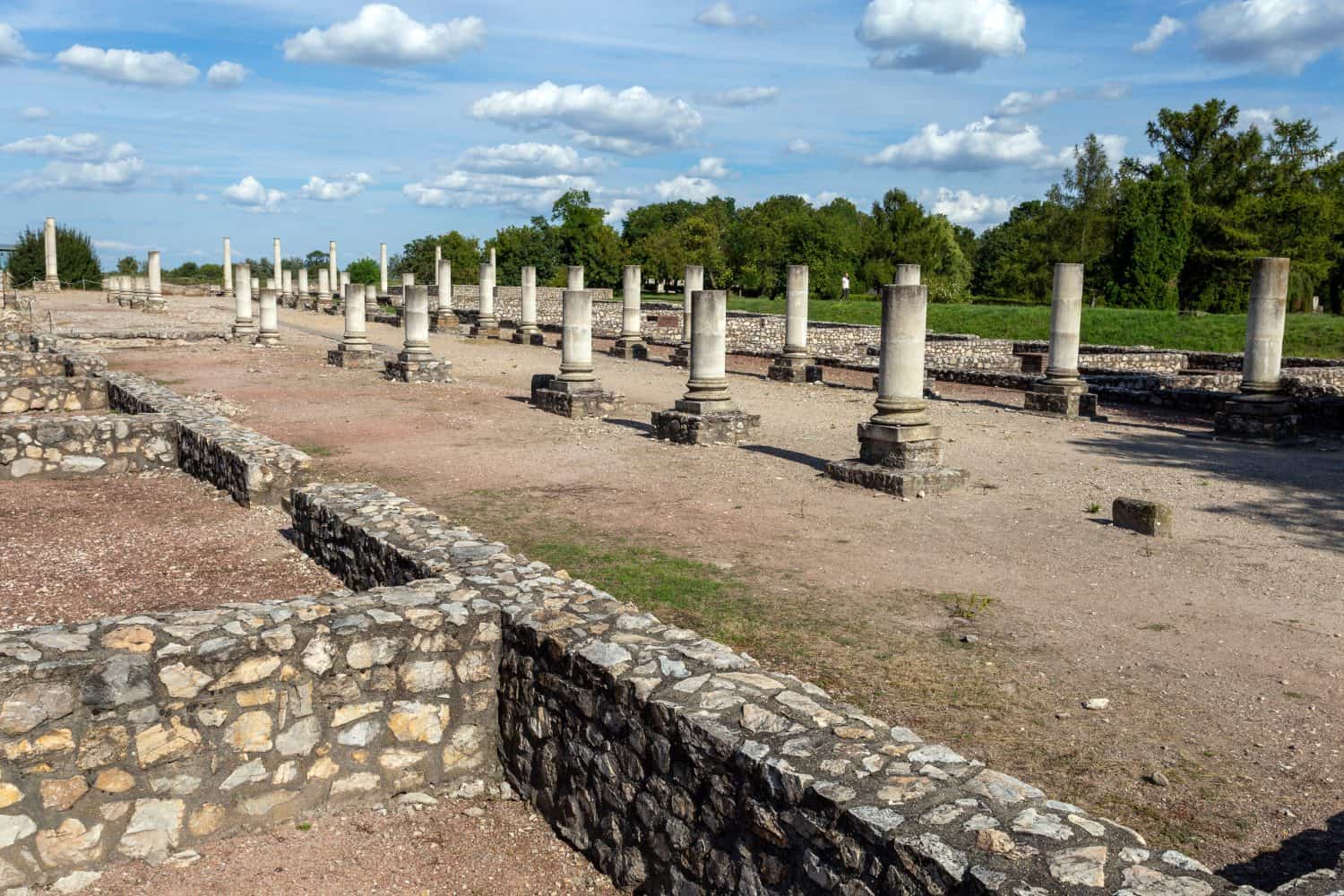
Hungary was part of the empire until invaded by barbarians under Attila the Hun in the 5th century.

On Rome’s eastern borders was the Parthian (Persian) Empire. For a time Rome was able to take control of Iraq briefly but was unable to hold it for long.
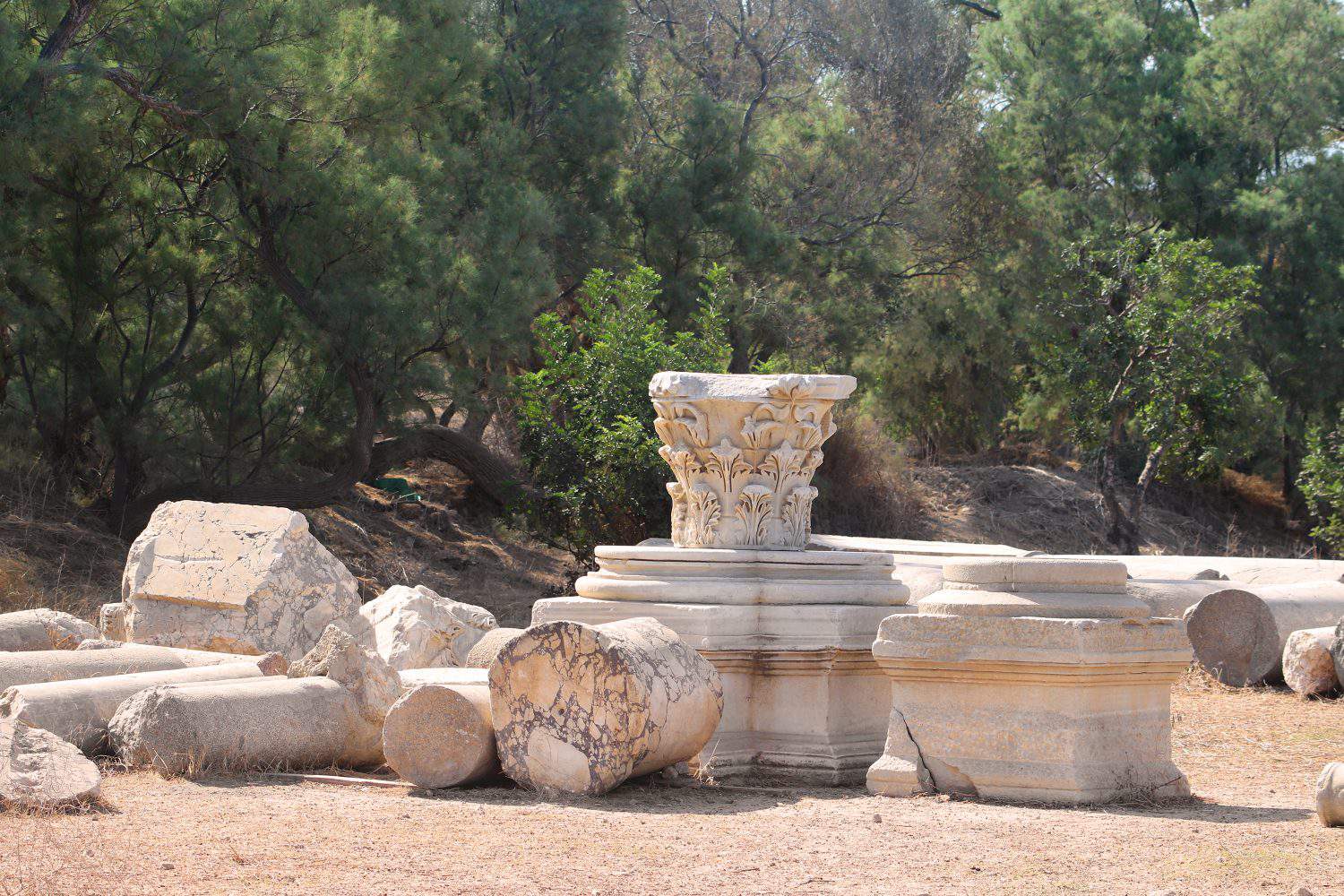
In Roman times Israel was called Judea. The Romans ruled it through local vassal kings but after a rebellion, took direct control of it. The Romans sentenced Jesus Christ to death in Judea, an event that was seminal in the development of Christianity.
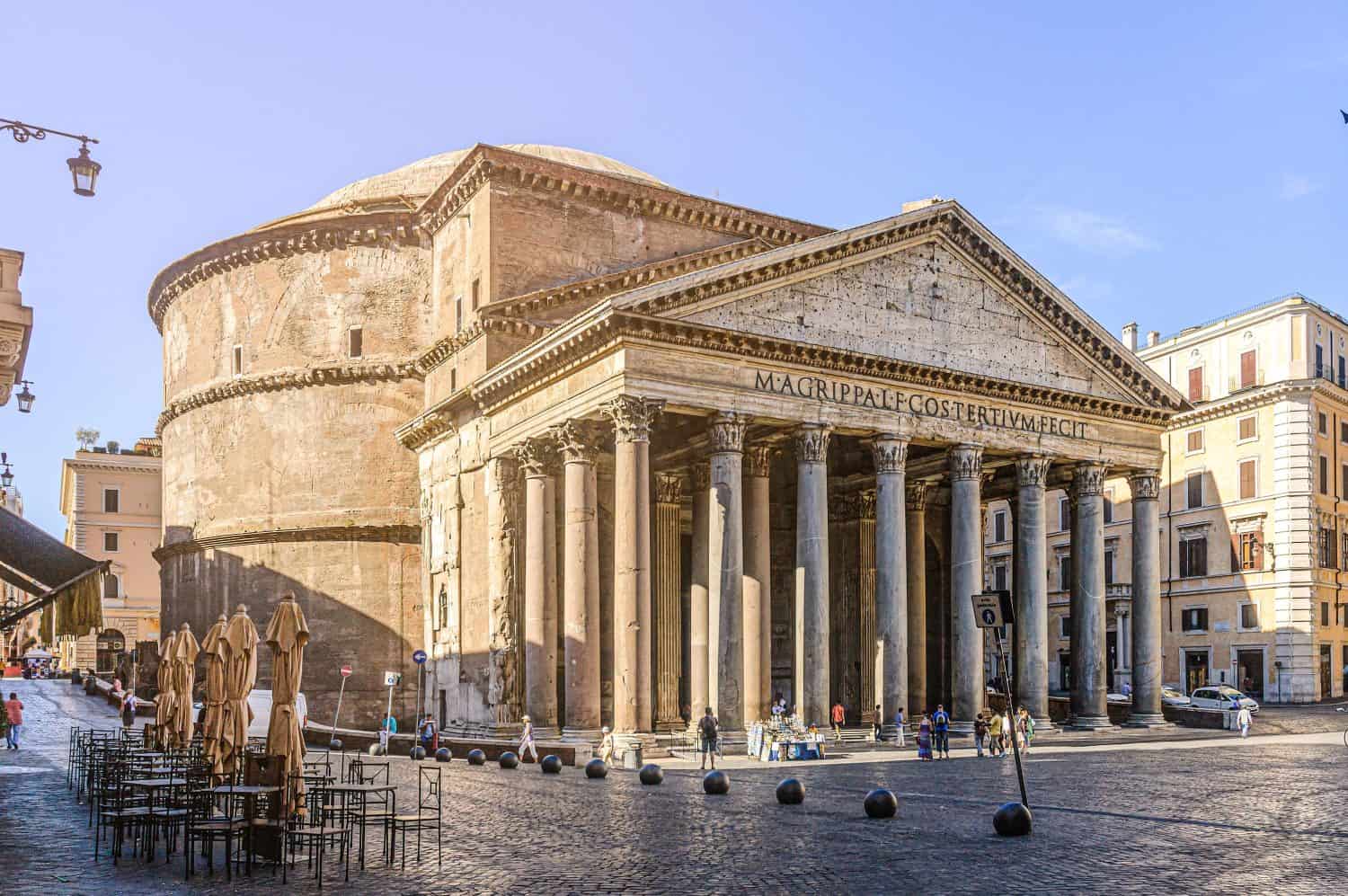
Rome expanded from a single city on the west-central coast of Italy to become one of the most successful empires in world history. The Roman Colosseum and the Pantheon are famous examples of massive Roman architecture that still stands today.
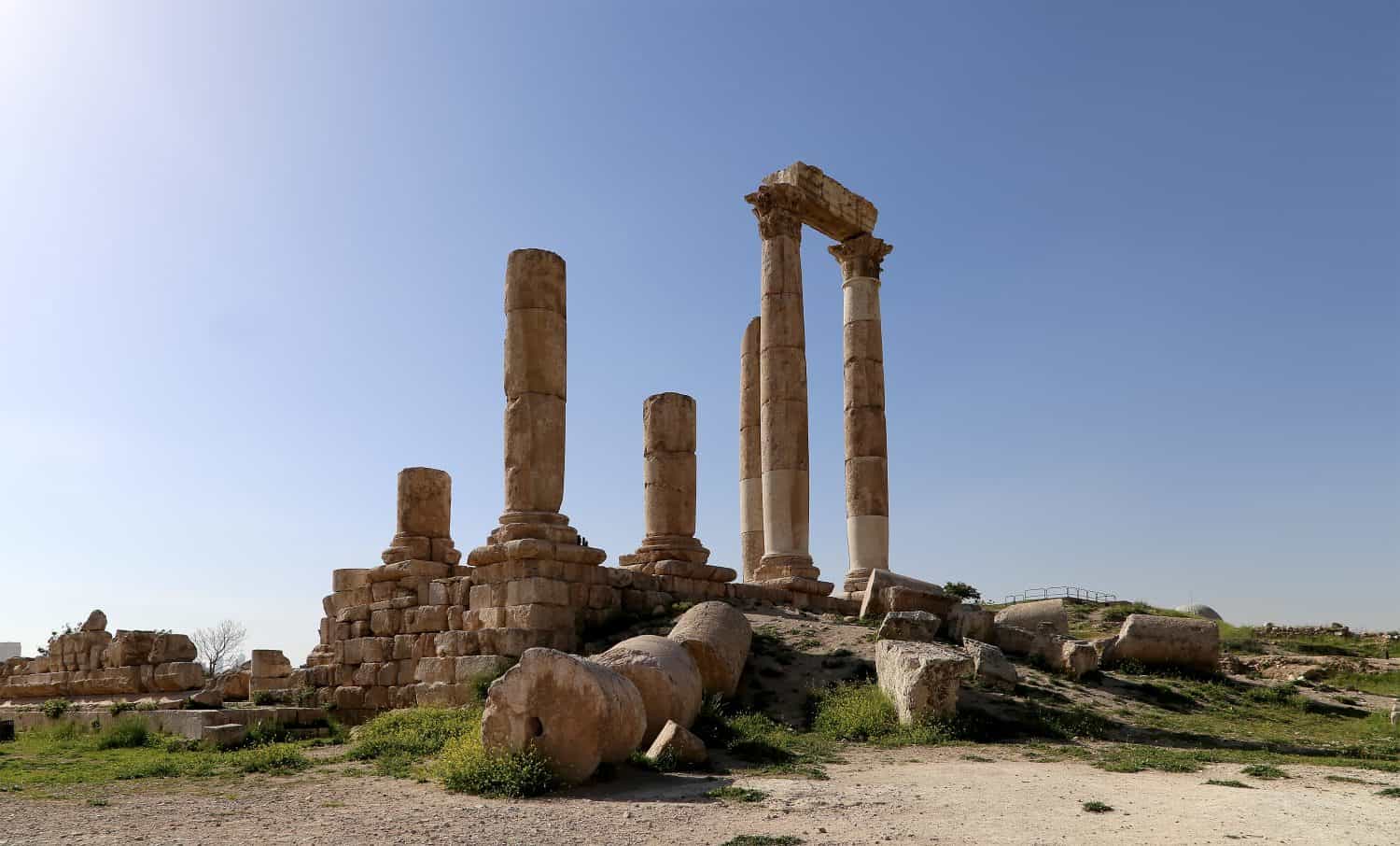
Rome ruled the western and northern parts of Jordan but the desert to the southeast was desolate and ungovernable.
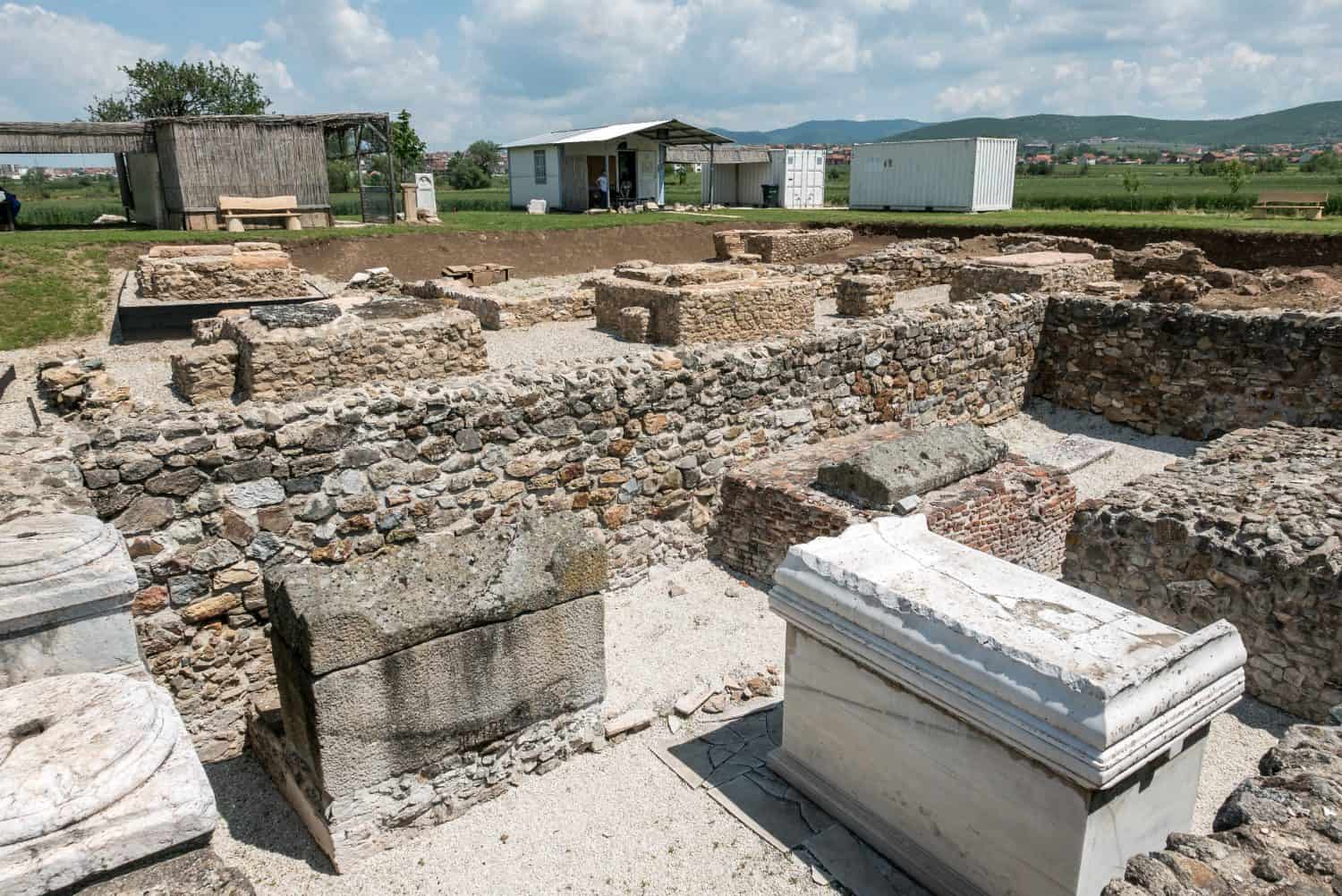
Kosovo was absorbed by Rome along with neighboring countries from the former Yugoslavia and Albania.

In ancient times the cedar trees of Lebanon were especially prized for shipbuilding. Vast forests of them were cut down to help build cargo and military vessels for the Romans.
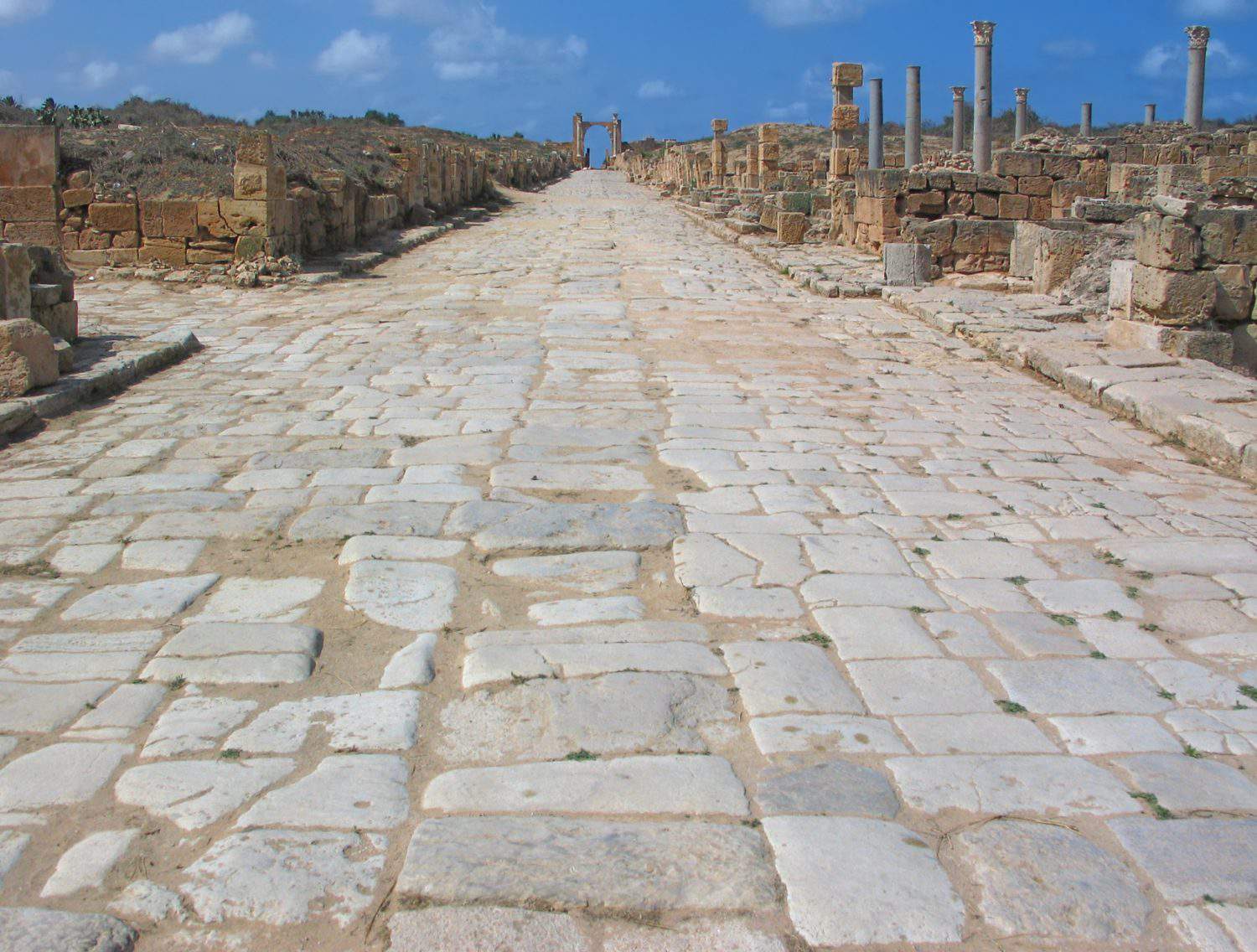
Located due south of Italy on the North African coast, Libya developed seaports and roads to help facilitate travel around the empire.
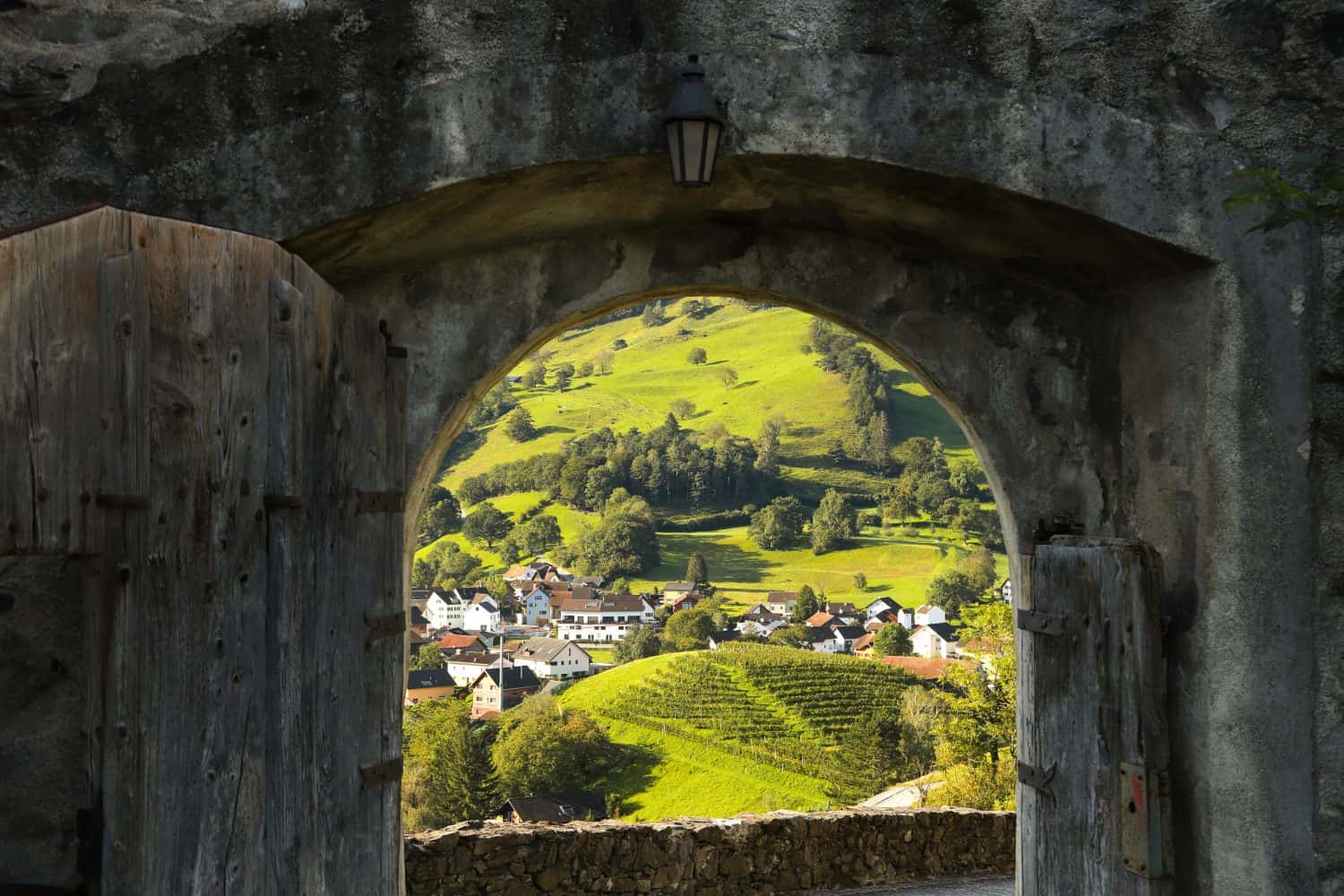
A micro-state wedged between Switzerland and Austria, Liechtenstein was added to the empire at the same time as its neighbors.
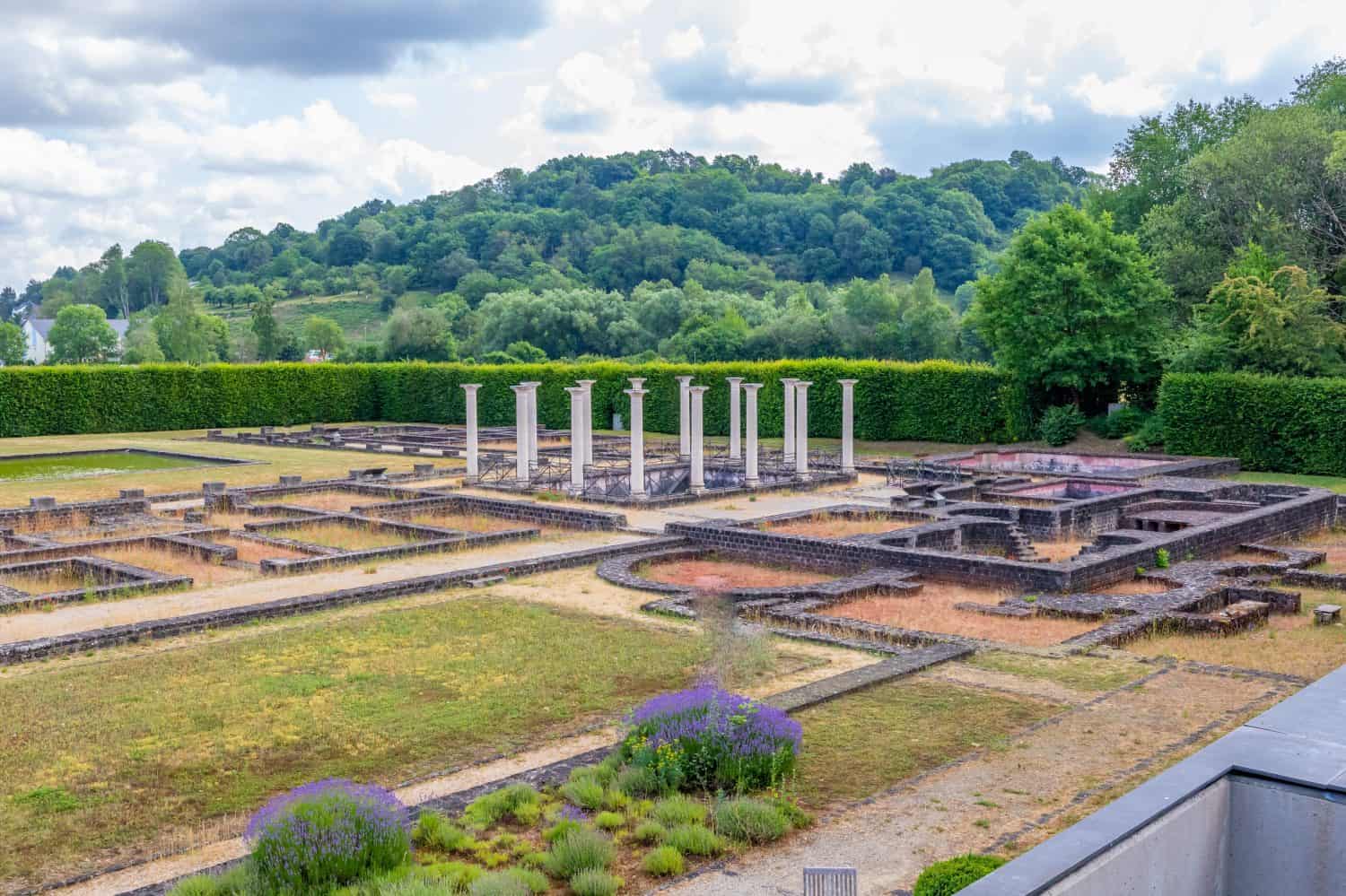
Luxembourg was part of the Roman province of Belgica.
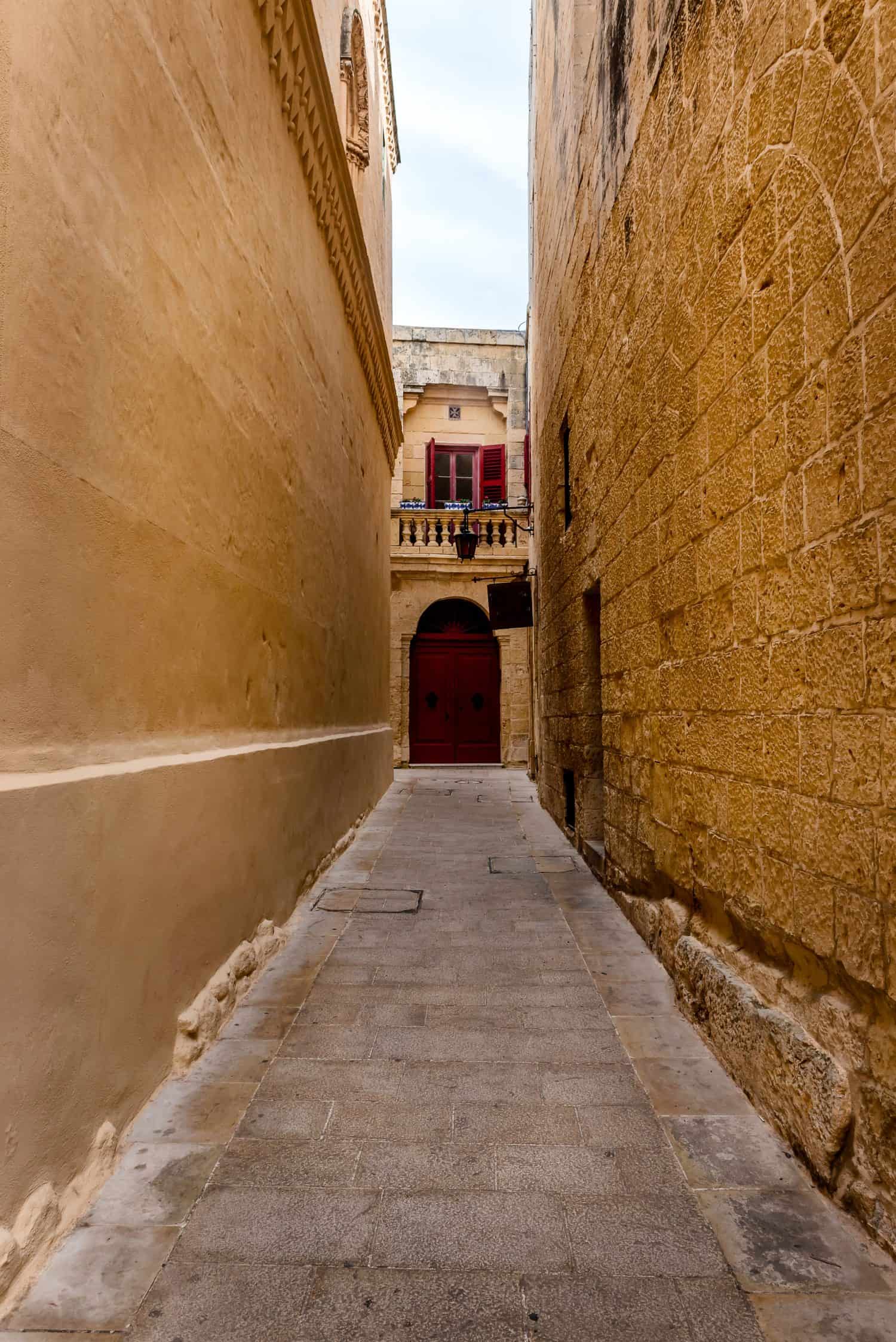
Malta is significant to Christians because according to the Bible, the Apostle Paul once survived a shipwreck and a venomous snake bite there and was the first to preach Christianity to the local people.
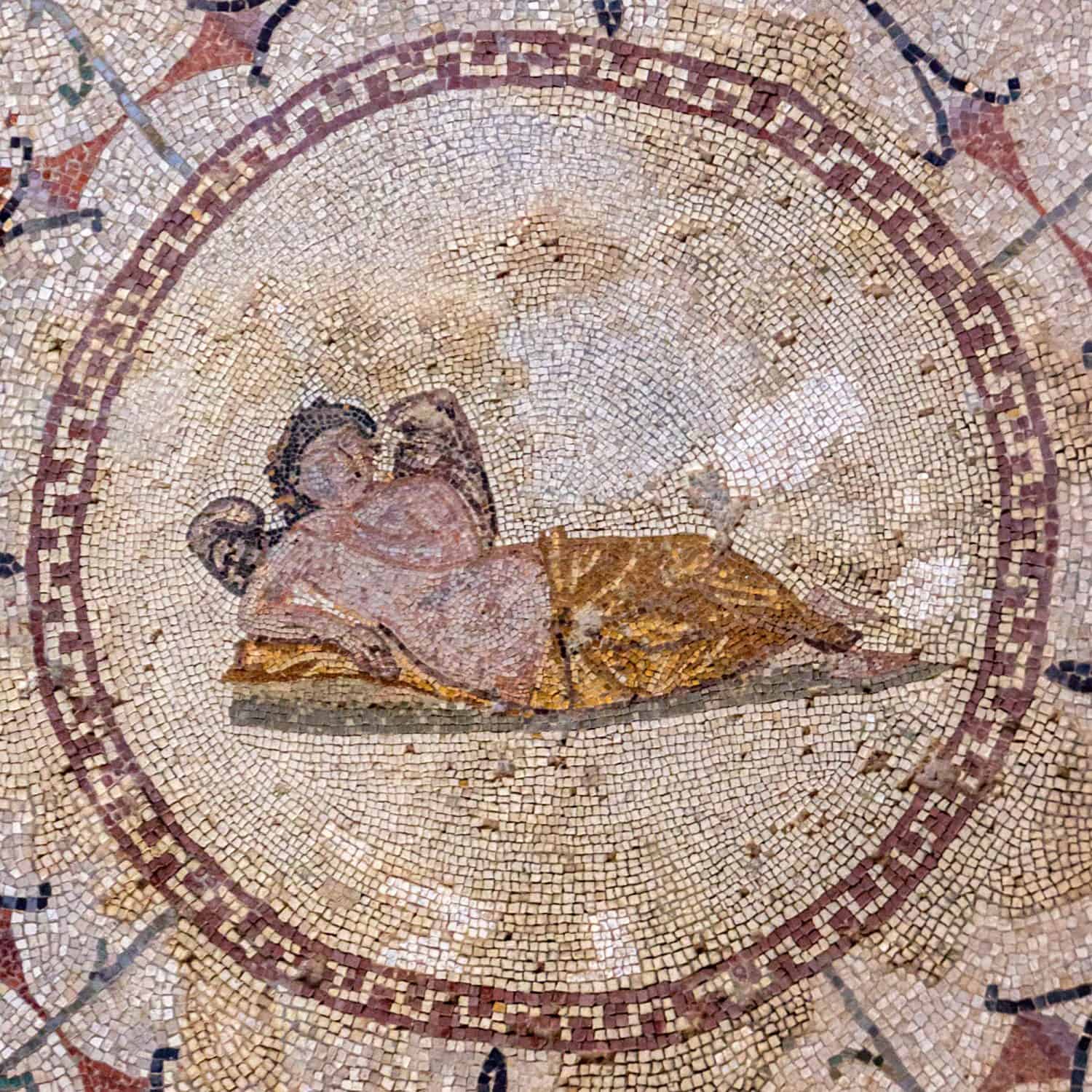
This Adriatic coastal country became part of Rome along with neighboring Albania.
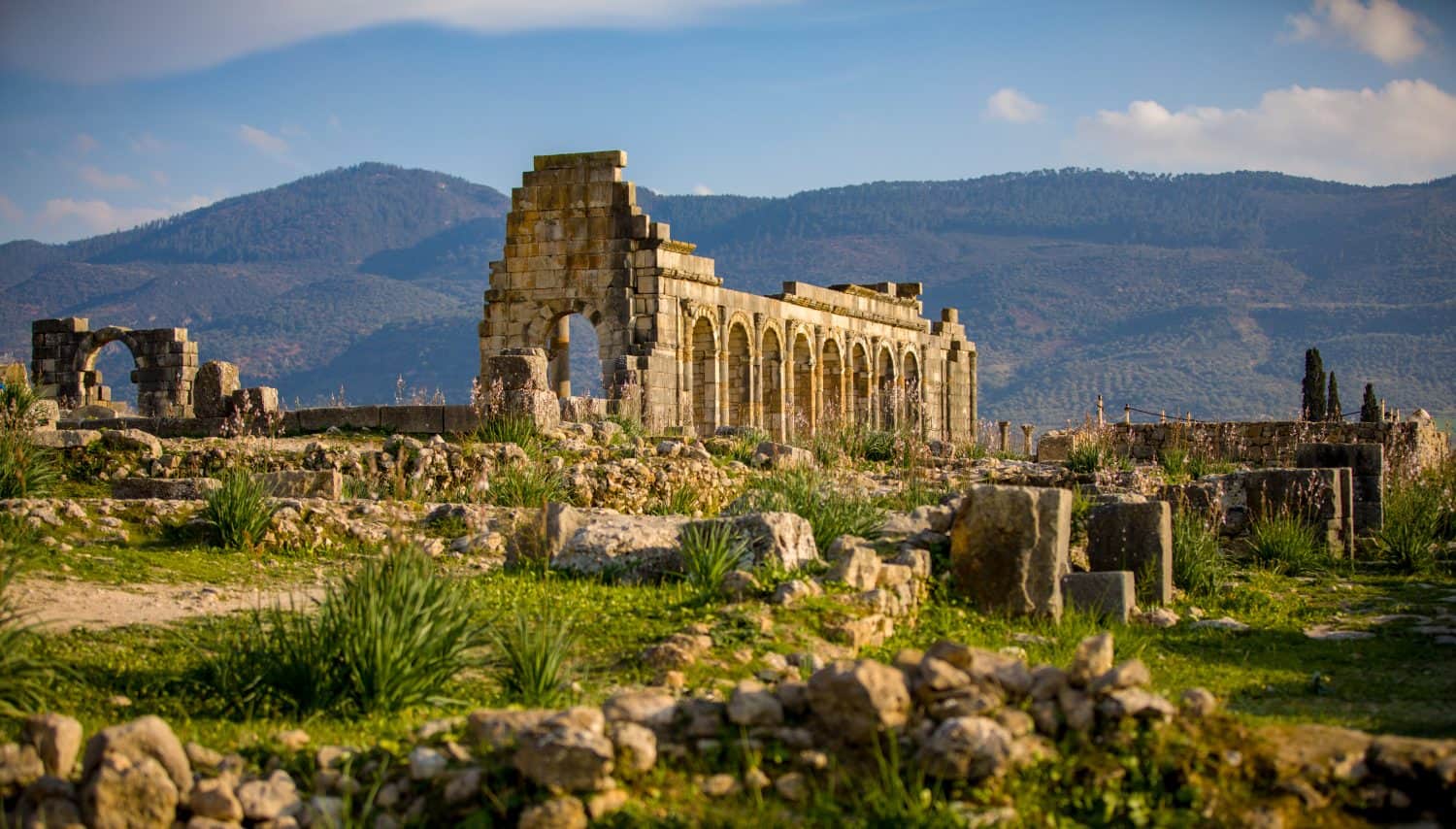
A persistent influence of Roman culture in Morocco and other parts of North Africa is the riad, a home built around an interior courtyard like a Roman villa.

This was a border region between Belgica and Germania. Rome built fortifications here to secure its northern borders.

This region was part of the Macedonian region of Greece in Roman times.
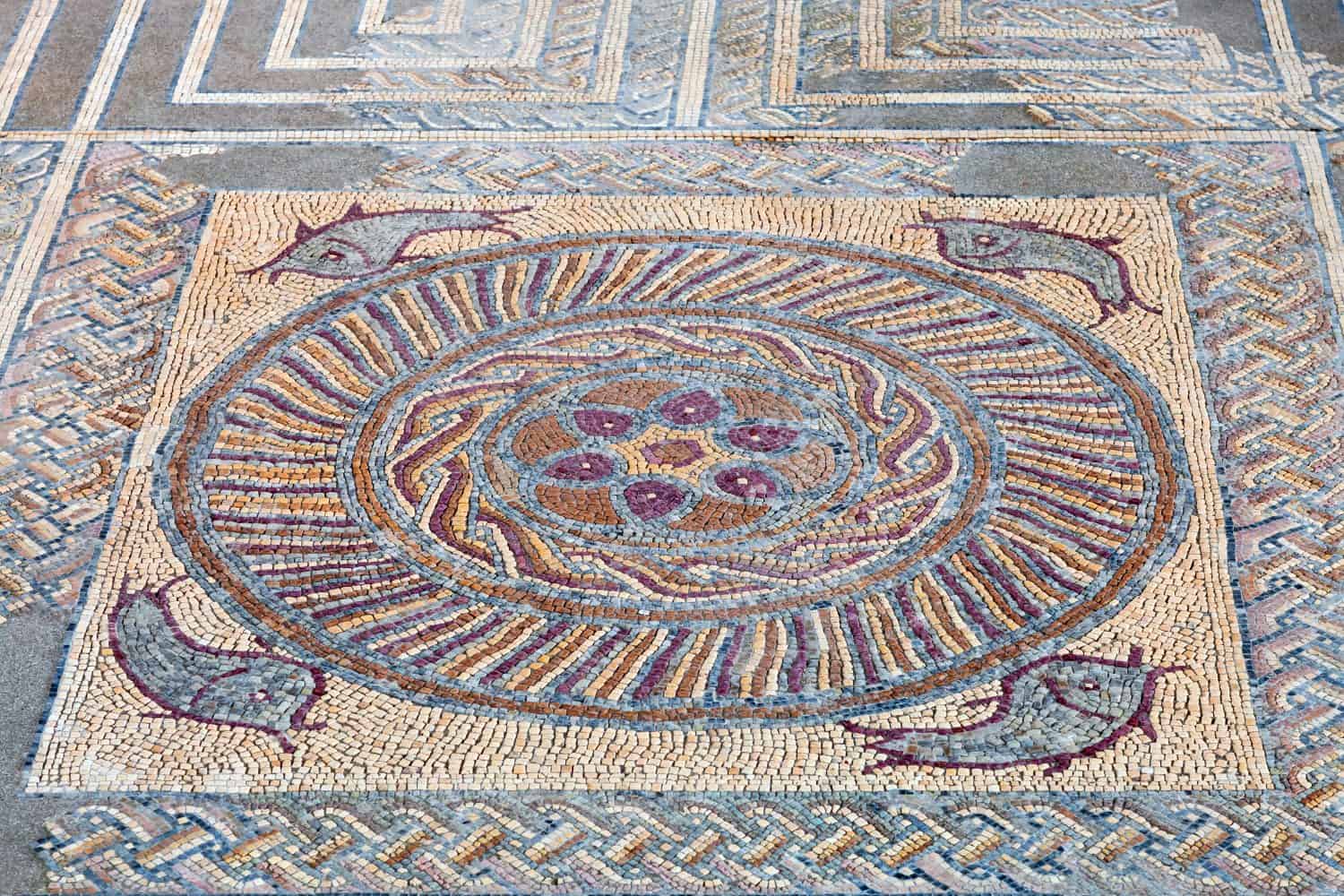
Portugal was not a separate country, but was added to Rome along with neighboring Spain during the Punic Wars.
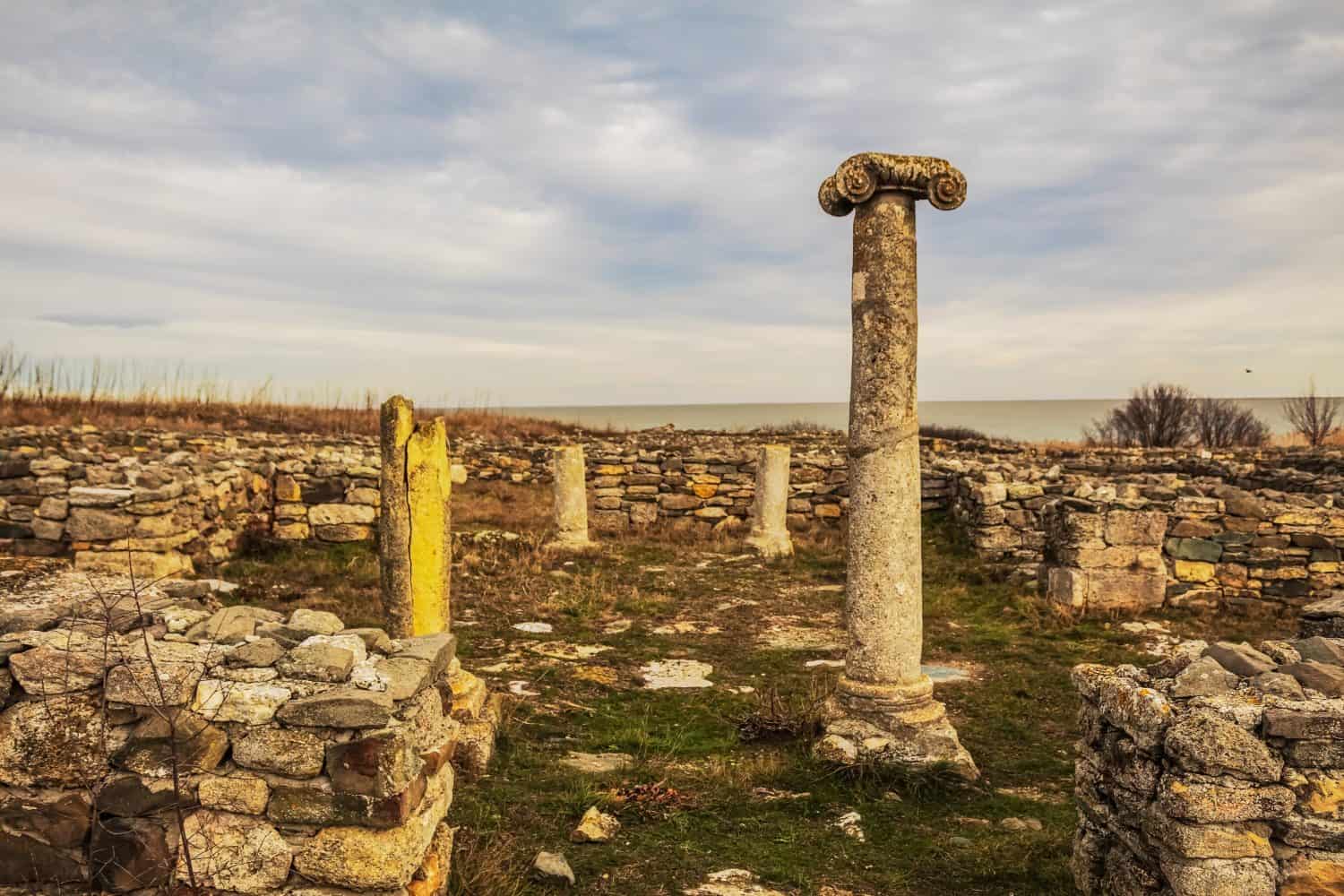
Romania bears the name of Rome in the name of its country and uses the Latin alphabet.
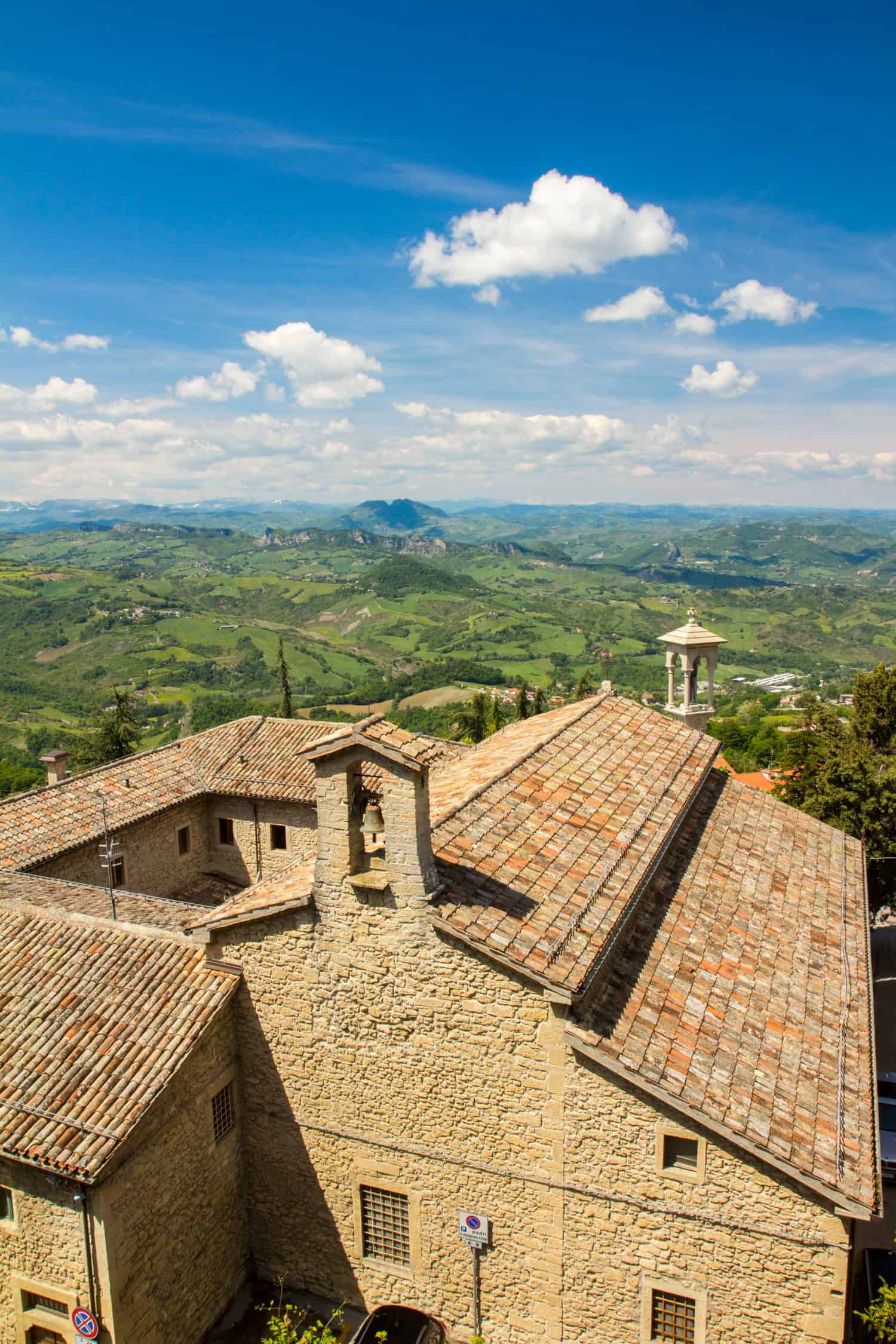
This tiny city-state was said to have been established by a small Christian community that fled to the mountains to escape persecution by Emperor Diocletian.
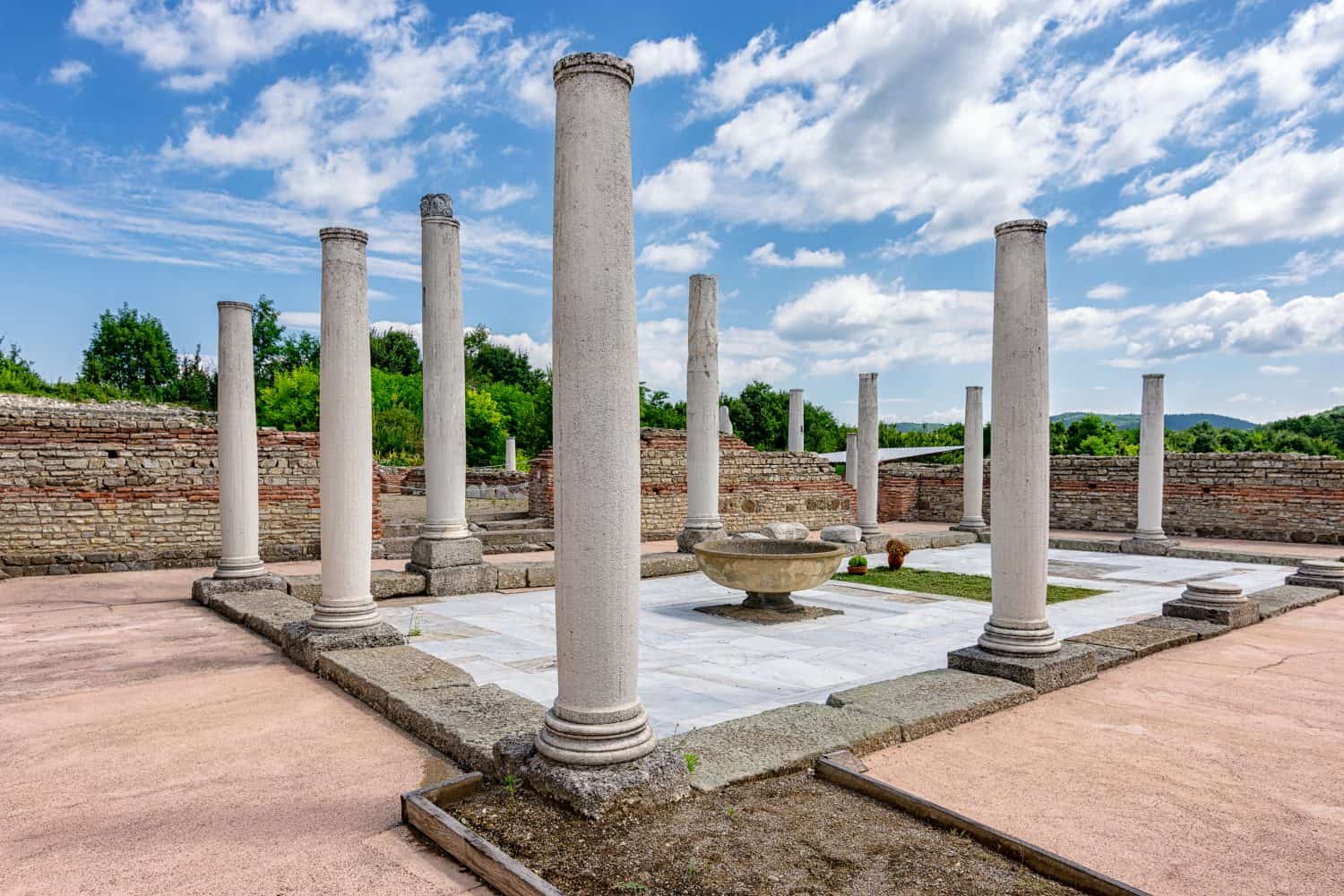
Serbia was a part of the empire for about 600 years until the Slavs moved into the area as Rome’s authority collapsed.
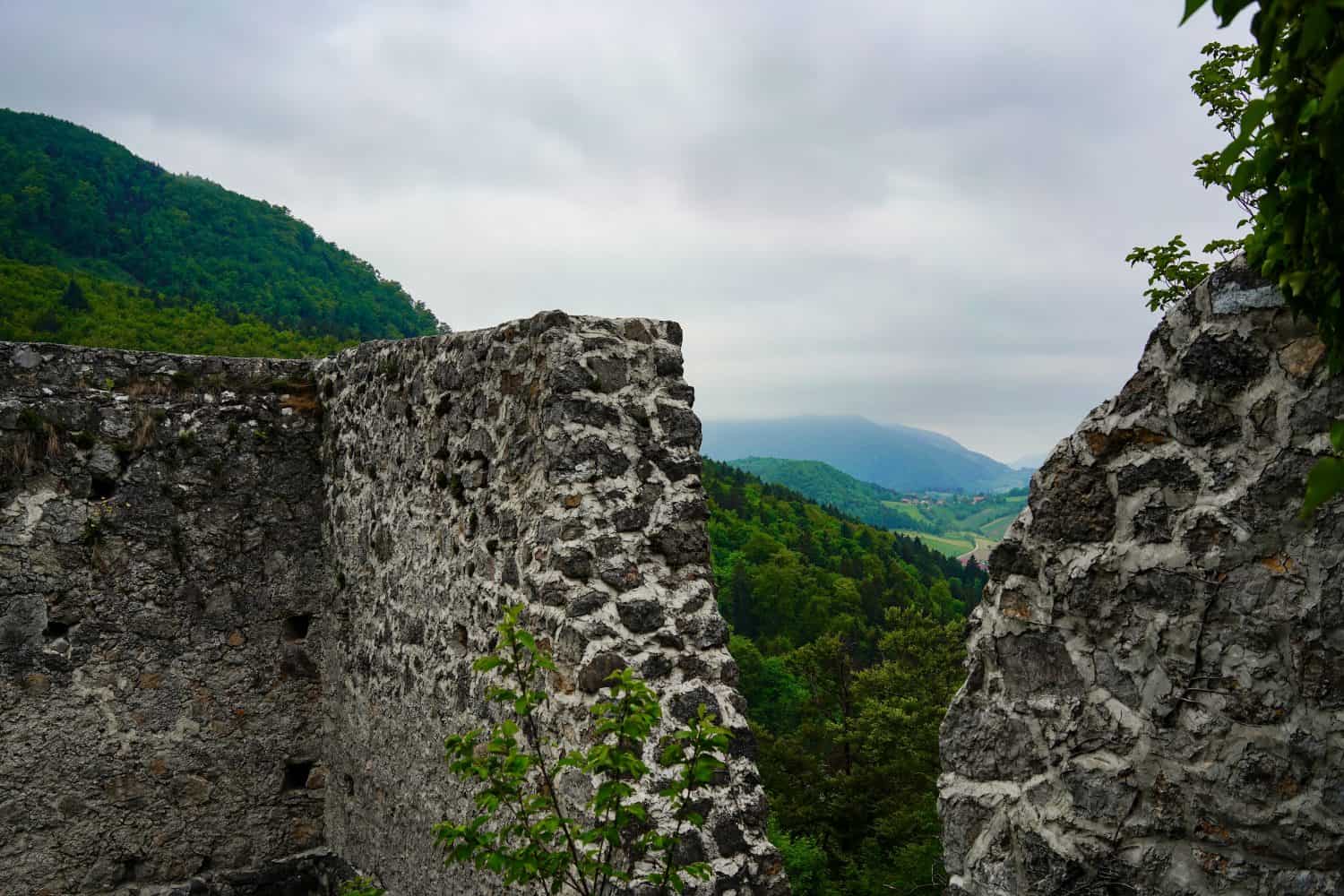
Although Slovenia is a small country, in Roman times it was split between two provinces.
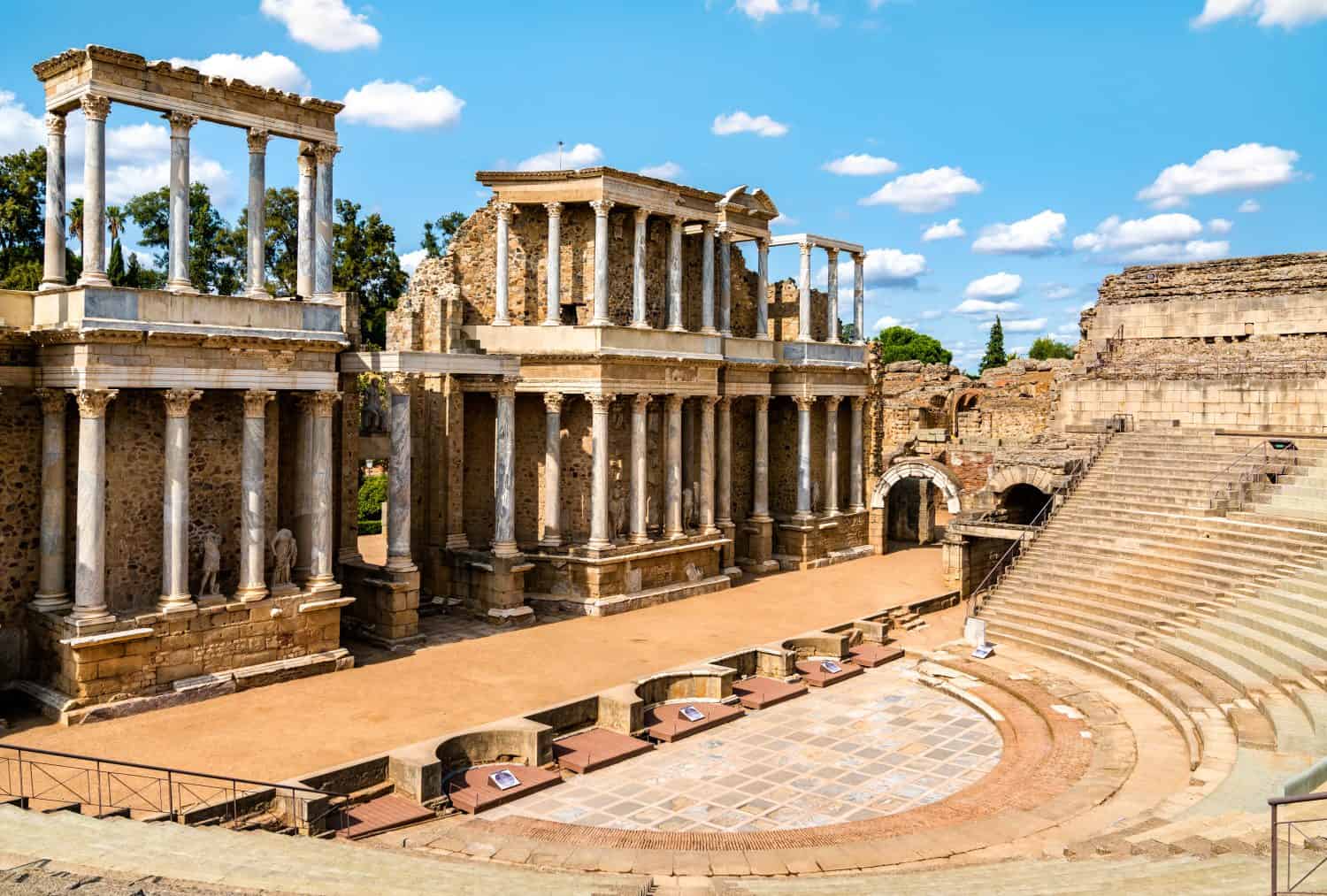
Rome conquered Spain from Carthage during the Punic Wars and laced it with a system of cities and roads.
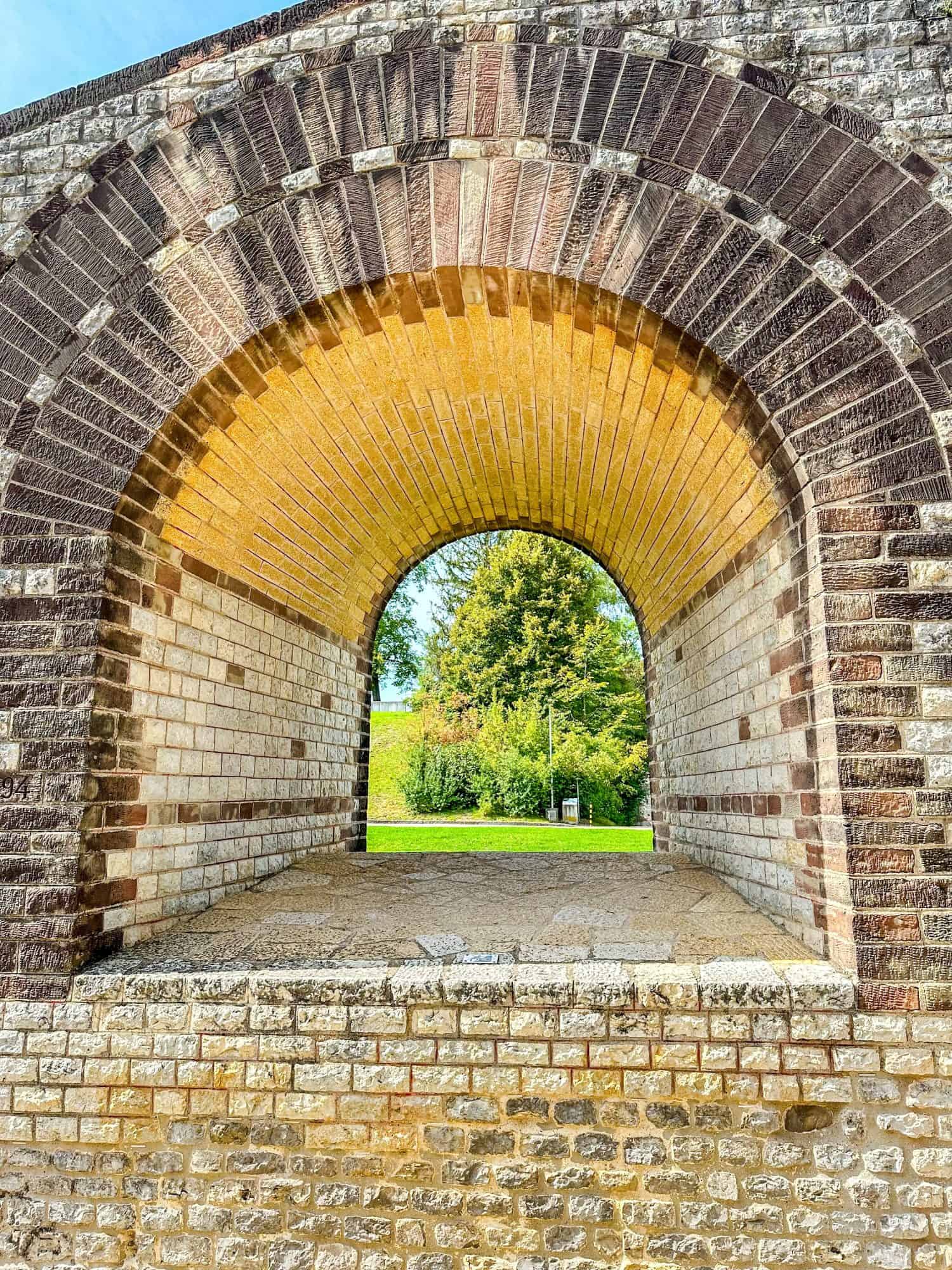
Augusta Raurica was one of the Roman settlements in Switzerland. Hannibal’s famous attack on Rome with African elephants likely passed through the Alps in Switzerland.
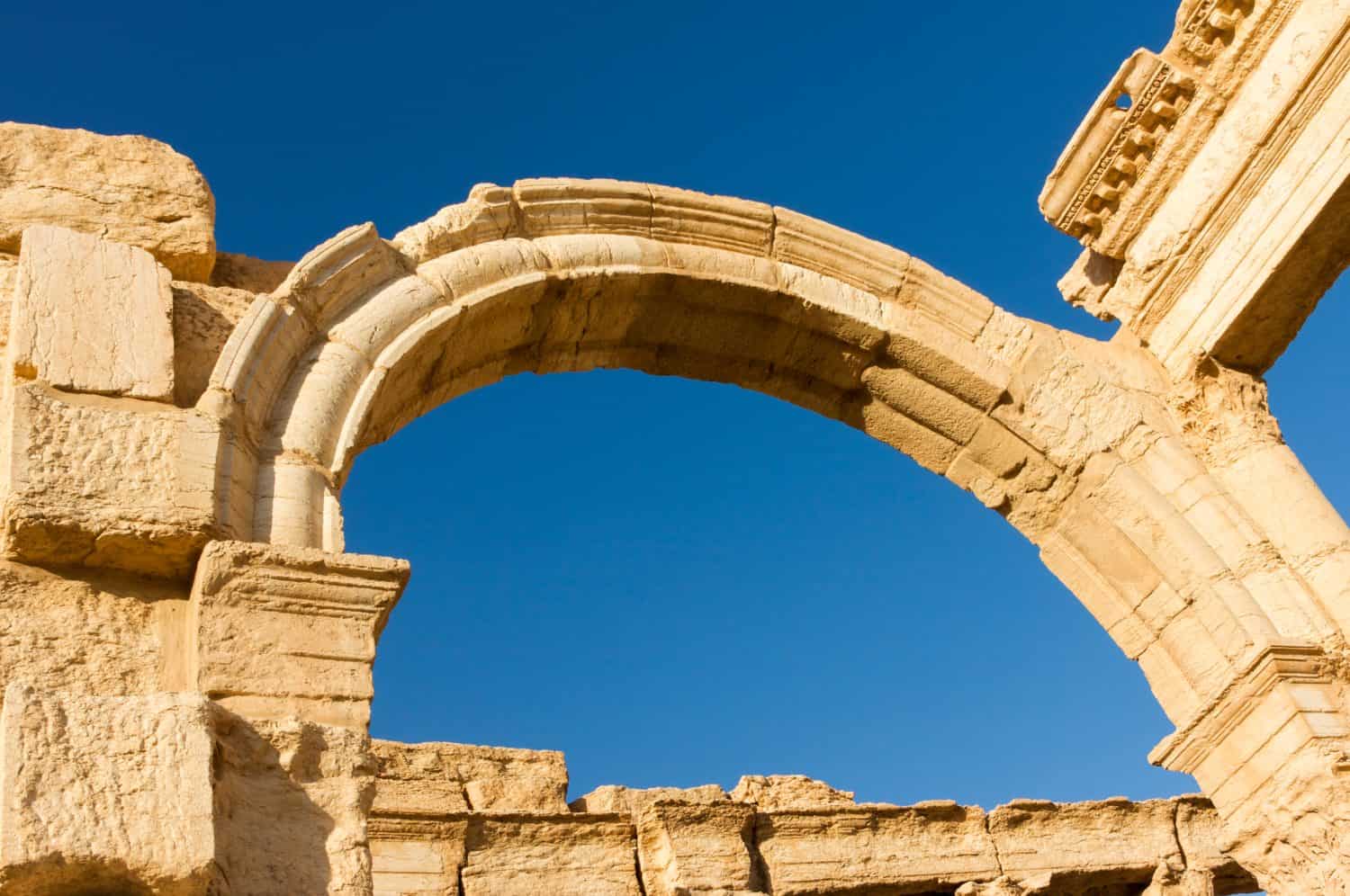
Palmyra is an example of a Roman city in Syria. Some of the remaining ruins of their time have been damaged or destroyed in the civil war there today.

This was the location of Carthage, Rome’s great rival in the early years of the empire. The Romans razed the city to the ground but later rebuilt it. Its ruins are in the suburbs of Tunis today.
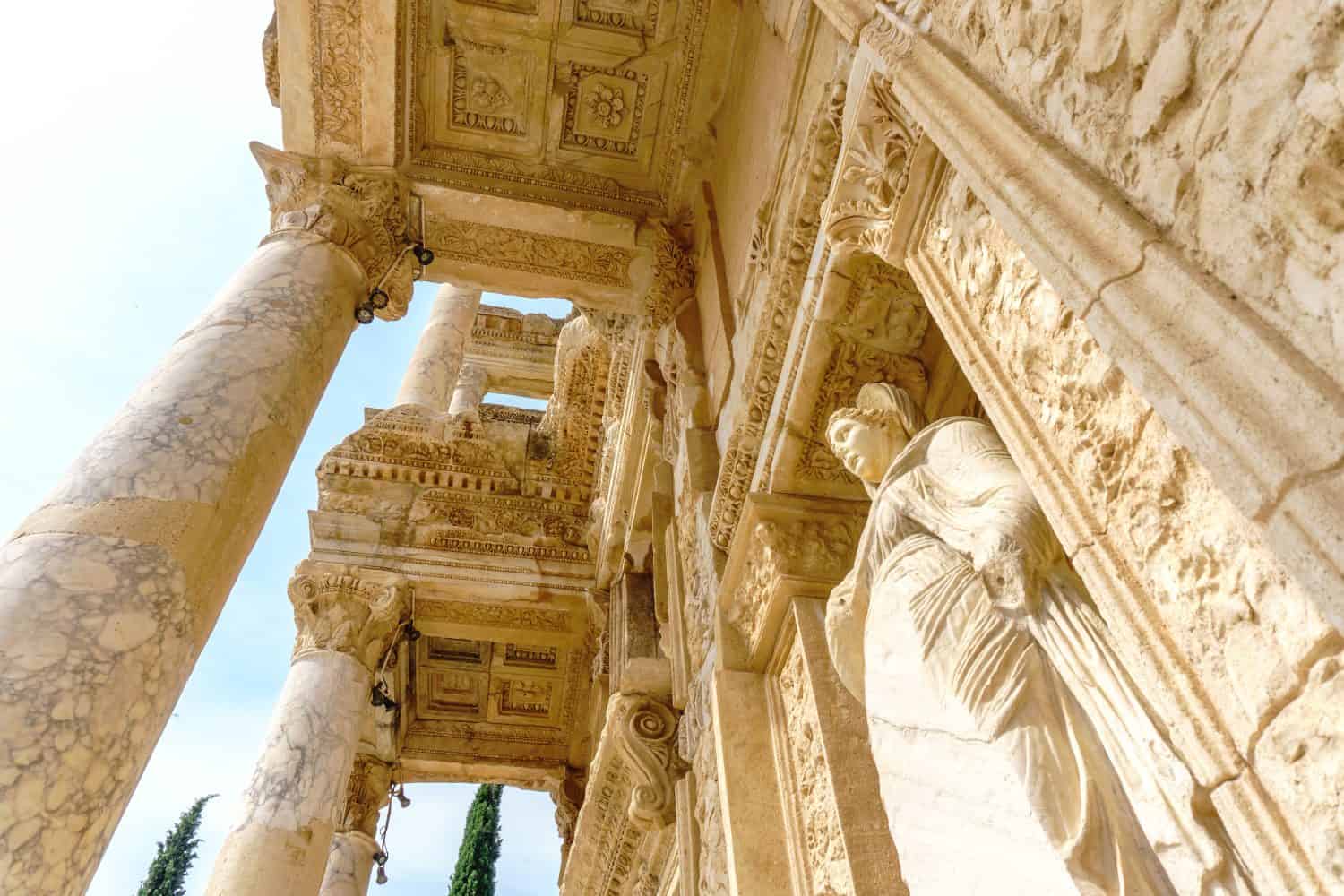
Turkey was divided into several provinces and had many Roman settlements and military outposts. Cities like Ephesus were major regional trading centers and still have Roman ruins today.
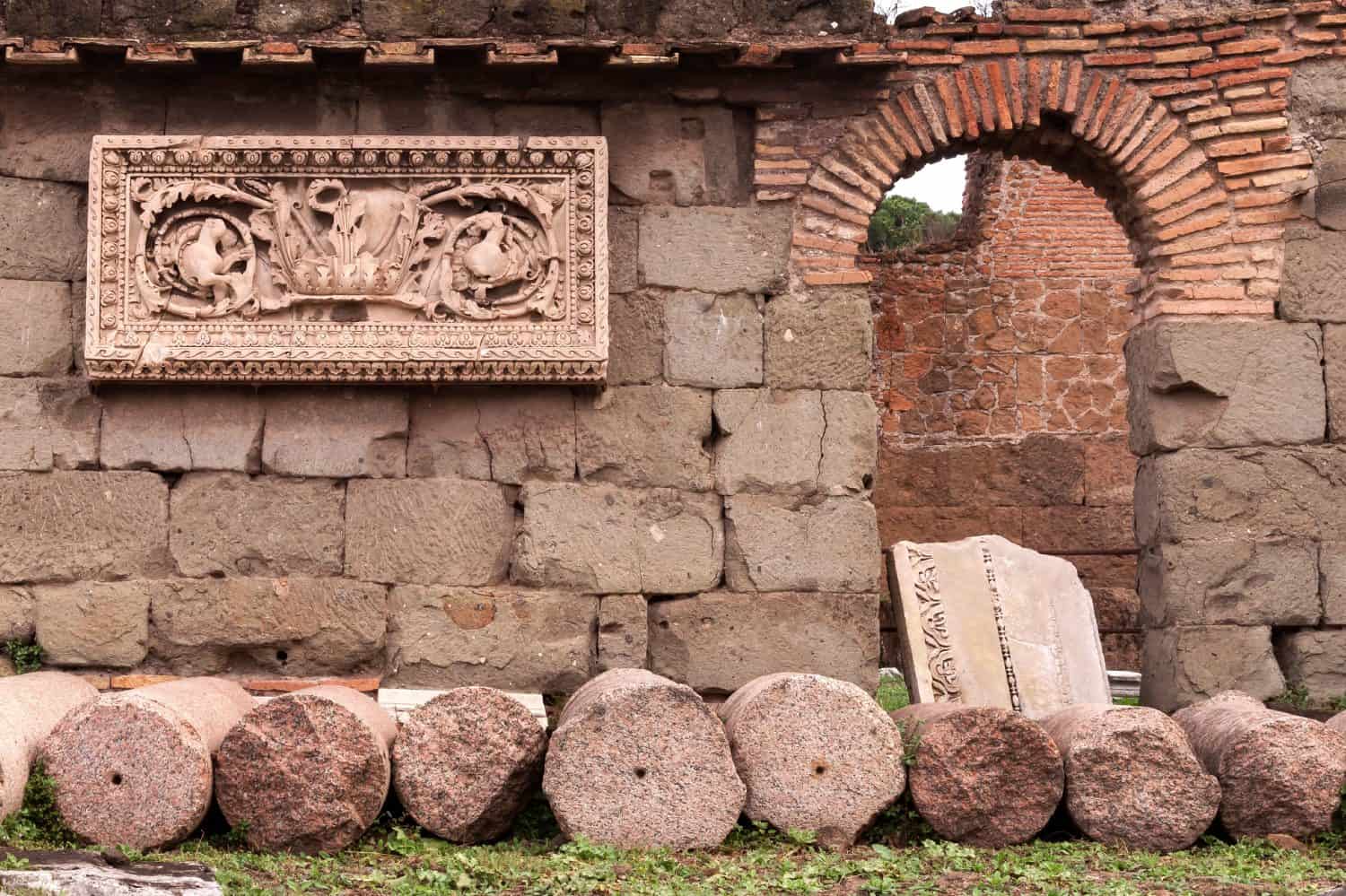
Vatican City today is a tiny independent country inside the city of Rome. It is the headquarters of the Roman Catholic church and Latin is still spoken there. Along with Italy, it retains the most Roman influence of any country.
Ever wanted an extra set of eyes on an investment you’re considering? Now you can speak with up to 3 financial experts in your area for FREE. By simply clicking here you can begin to match with financial professionals who can help guide you through the financial decisions you’re making. And the best part? The first conversation with them is free.Click here to match with up to 3 financial pros who would be excited to help you make financial decisions.
Thank you for reading! Have some feedback for us?
Contact the 24/7 Wall St. editorial team.